The improvements in the TL2 shine through. This is a major upgrade in almost every respect. It is so good, in fact, that I am prepared to overlook the continued absence of that internal viewfinder.
The TL2 doesn’t look much different to the T or TL, although the chamfered edges add a degree of cuddliness and fine handling that is absent in the its two predecessors. But it is the inside that defines this new camera. Everything is faster, better. And improvements to the menu and control system help make the case.
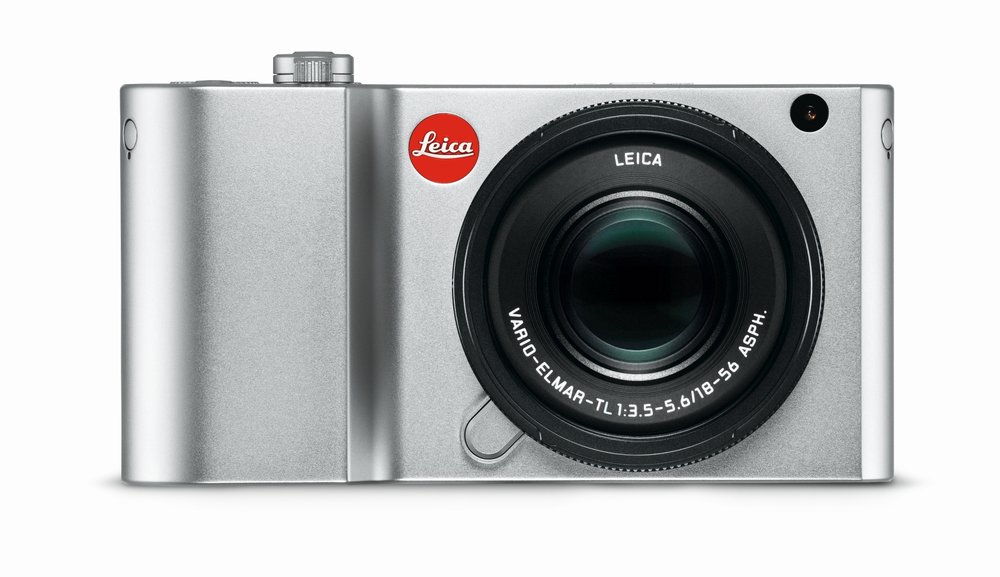
The sum of the parts turns this into an impressive and tempting camera. It is a thoroughly grown-up and fuss-free camera, which is capable of producing excellent results.
We are grateful to Leica Mayfair for the loan of the test camera.
Design
Outwardly, the appearance of the TL2 is virtually identical to that of the original T which I have in front of me. It has been softened and made more cuddly by the chamfered edges, replacing the razor-sharp profile of the original, and this is definitely an improvement. The camera now sits more comfortably in the hands and doesn’t dig into the palm to the same extent as did the T and TL. The twin control wheels are continued but the pop-up flash has been removed, creating a smoother top plate. Since I seldom use flash, this omission is no hardship but I imagine some users will miss it.
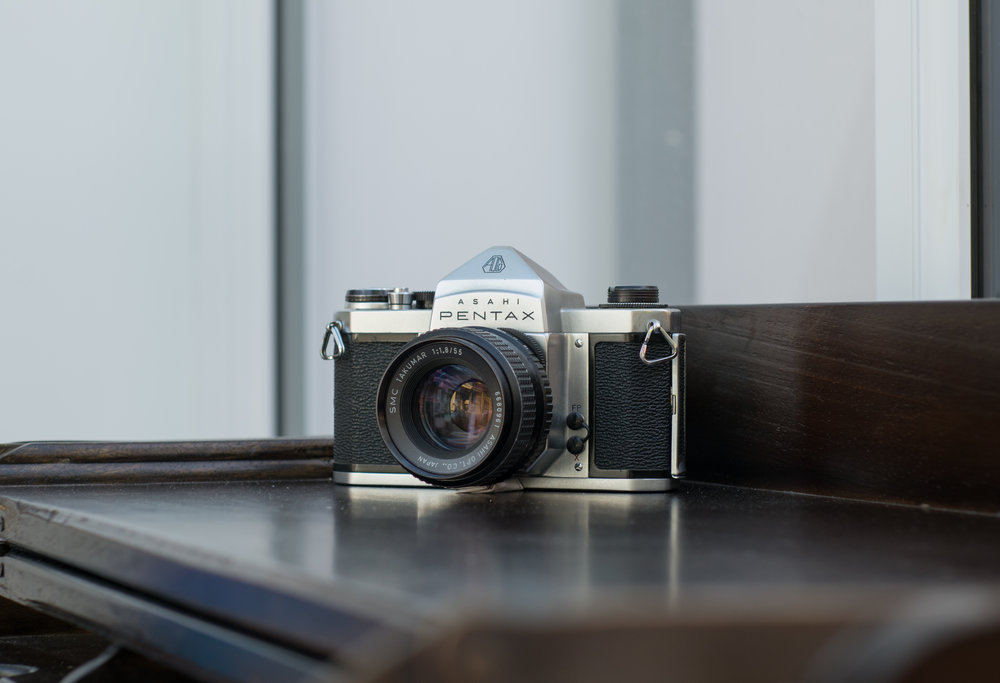
The previous dedicated red-topped video button has been replaced by an unmarked Fn control and the shutter button with concentric on/off switch has been redesigned. The on/off/flash engravings have been replaced by a simple red dot to indicate that the camera is off (the same as on the M10). At first this can be confusing since I am not alone in regarding the red dot as a warning that the camera is ON, rather than OFF. I have the same problem with the new M10. But you do get used to it. The screen, which is the absolute heart of this camera, is the same as on previous models, 3.7in with 1.23m dots.
The T/TL series cameras are unique because of their smooth button-free backs which are largely occupied by this large screen. Almost all the functions are selected from the screen menu. One big advantage of this arrangement is that there is nothing to press by mistake and, once the camera’s operating parameters are set up, it functions with the simplicity of a film Leica.
Much blog time has been devoted to the solid block of aluminium from which the monocoque body is hewn. It doesn’t need elaboration here because it has become familiar since 2014 when the original T was launched. It is undeniably handsome, solid feeling and functional. In fact, it is the most radical camera design I can think of. And one of the prettiest. Traditionalists may not like it, but this camera truly embodies the Leica philosophy of “das Wesentliche” — “the essential”.
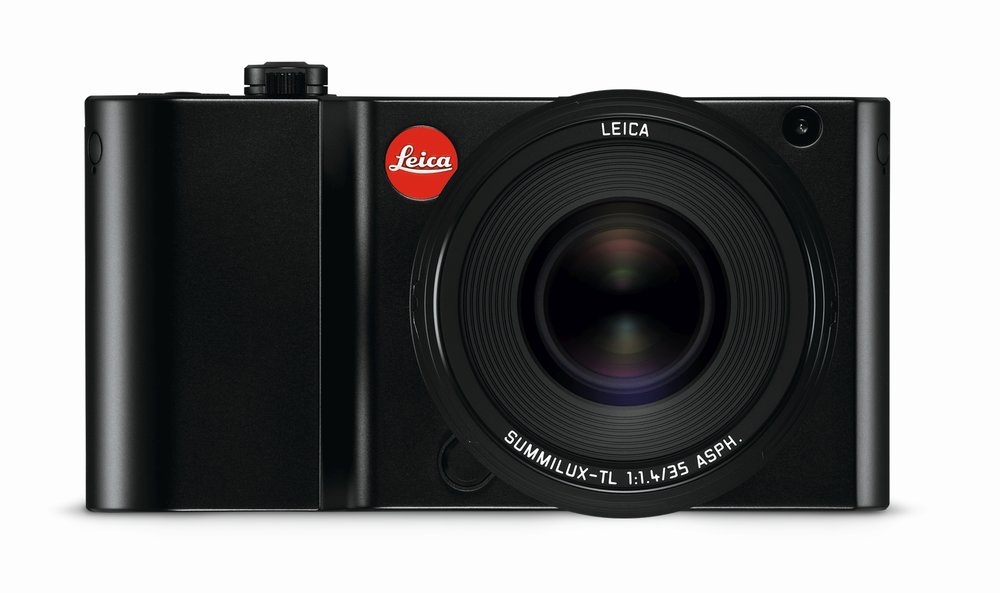
One aspect of the body does deserve a repeat mention. The unique strap lugs click into small holes at either end of the camera and remain there, securely, until you stick an iPhone-style prod (a paperclip will do just as well) into an adjacent, smaller release hole. It’s pure Apple in concept but it works effectively.
Out of the box, though, the TL2 is hampered by the supplied rubber neck strap. I’ve never liked this. It is stiff and unyielding and has to be coiled up like a springy snake every time you put the camera in the bag. It is a classic example of style over function.
Push down on one bit and another pops out of the bag. You can buy an accessory rubber wrist strap, which is marginally more congenial if you happen to like wrist straps. But if you want to be more comfortable, as I did, you will buy a spare set of lugs with holes for the traditional split ring. You can then mount any of your favourite straps.
By the standards of modern APS-C cameras, the TL2 is both small and light. It is identical to the original T in dimensions (134x69x33mm) and weighs only 399g, just 15g heavier than grand-dad T. The TL2 has the makings of a lightweight system, more micro four-thirds size than APS-C, and is let down only by the lack of a really compact pancake lens in terms of pocket-fitting ability.
Technical changes
Chamfered edges or no, the main reason to upgrade from the T/TL to the TL2 is the improved technical specification. The all-new 24MP sensor replaces the previous 16MP unit and this has got to be the major draw. The TL2 now competes directly with main CSC rivals including the Fuji X-T2 and Sony A6500.
The new Maestro II image processor has enabled a significant improvement in start-up time and image storage speed. The TL2 can now achieve up to 20 frames per second when using the newly introduced electronic shutter. Autofocus speed is claimed to be three times faster than on the TL and, without doubt, it is much faster than the original T which I still use.
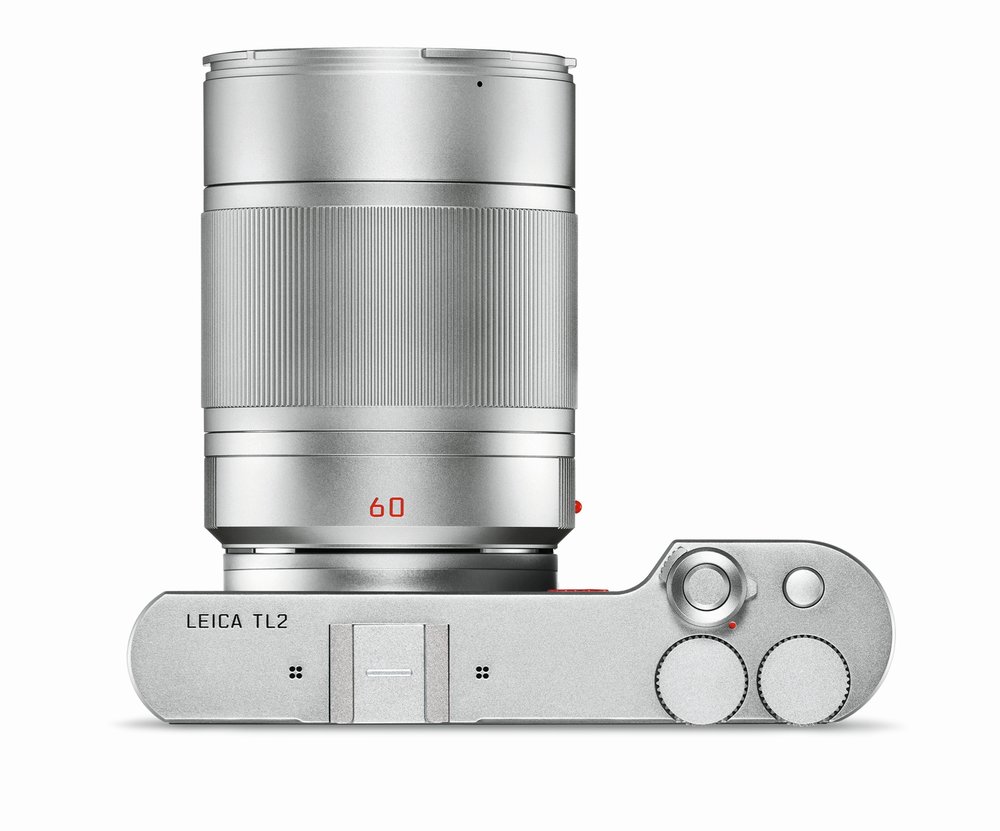
The processor also brings much improved ISO performance, topping out at 50,000 compared with TL’s 12,500. Video fans will also appreciate the new 4K capability which, again, brings Leica into line with the opposition.
One of the oddball talents of the Leica T has always been the substantial internal memory which enables shooting without an SD card. It has saved my bacon on at least one occasion when I left home without a card. Yes, it happens.
The internal memory has now been increased to a massive 32GB and is much faster, comparable with some of the latest SD cards. This is now truly a camera you could use most of the time without needing a card, although I wouldn’t recommend it from a data security point of view. I have never understood why substantial internal flash memory isn’t common on all modern cameras; it is certainly cheap enough to ensure it wouldn’t add significantly to purchase cost.
Another welcome improvement is the addition of an HDMI-out socket and a USB-C connector. The latter allows much faster image transfer and, something I much approve of, in-camera battery charging. The camera also offers wifi connectivity but still lacks in-camera GPS location services. However, the optional Visoflex EVF does include a GPS module. There is a neat Leica companion app for smartphones which offers direct operation of major functions. I did not try this, however.
Controls, menu
The Leica T/TL series has always offered a unique photographic experience, with a minimum of physical controls and a reliance on the large touch screen for most functions. We are fortunate that Leica designed an impressive and very intuitive interface that I still find exciting and innovative even after three years.
In smartphone fashion, the TL2 offers control and composition direct from the screen. The electronic viewfinder is an optional extra but is not absolutely necessary for efficient operation of the camera. Leica designed the T/TL for use both with and without a viewfinder and this shows in the thoughtful implementation of the menu and control system. Apart from the on/off switch and shutter button there are just three physical controls on the TL2 body, comprising the function button and the twin control dials (“click wheels” according to the manual) to the right of the top plate. These are soft controls with functions identified on the screen during shooting. Primary functions such as aperture or shutter speed settings and access to exposure compensation are handled by the right-hand dial and change according to shooting mode. The left-hand dial is customisable. Both these dials seem to work more slickly than they did on the T and TL, offering improved feedback and more precise operation.
The function displays (two side-by-side rectangles, clearly identified) appear when one of the dials is flicked by one detent. Pressing on the left-hand function rectangle on the display brings up the six available options: ISO, exposure compensation, white balance, focus mode, self-timer and flash mode. ISO is the default but, since I mostly use auto ISO, I changed this to exposure compensation which is something I adjust more often.
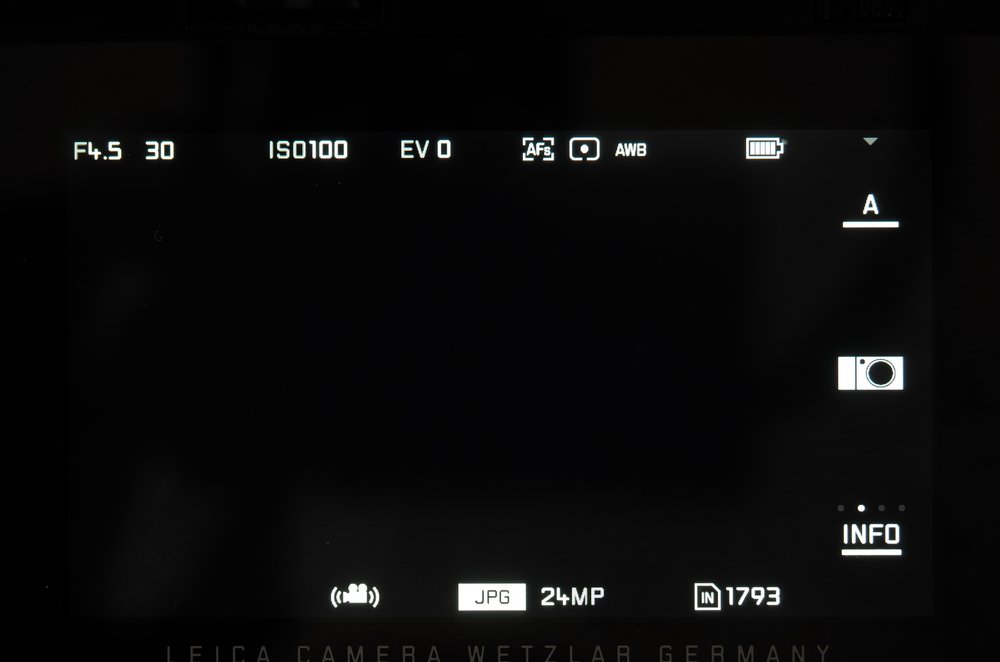
Either of the two control dials can be locked to avoid error, such as inadvertently knocking the left-hand dial and changing the setting — ISO, or exposure compensation for instance. Locking is achieved simply by a long press on the display rectangle. A second press unlocks so you again have access to the designated function.
The function button, which was previously restricted to video operation, is now programmable. If you don’t wish to use it for video it can be assigned to operate the viewfinder toggle (a new feature on the TL2) or to switch from capture to playback mode. I prefer to use it as a toggle for the screen and viewfinder as described later.
Everything else is accomplished from the screen. However, while Leica set out to provide a smartphone-like experience with the T/TL series, the layout of the screen is only superficially similar to the icon-based smartphone.
The toolbox, or main menu, now contains just nine tiles, one screenful, whereas the original T had 42 tiles at the top level in the toolbox, covering almost all functions without the need for sub-sections. Some liked that arrangement but it could occasionally be overwhelming. The new logical grouping on the TL2 consigns all detailed operations to sub-sets under the nine-tile toolbox screen. The nine functions in the main toolbox screen are: Still image, exposure, focus, motion image, connectivity, monitor/EVF, play, flash and general.
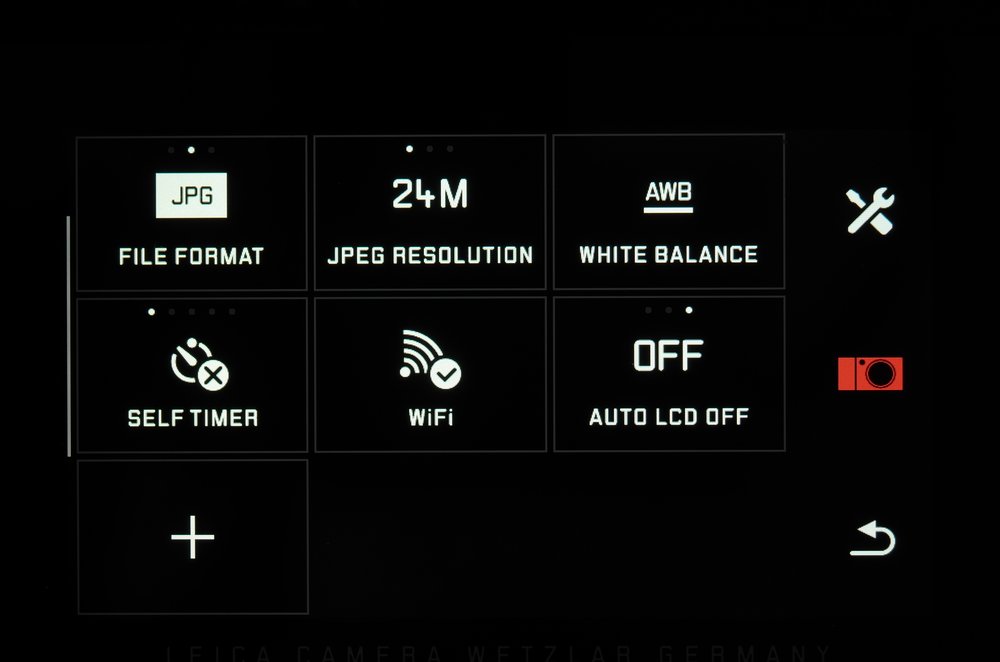
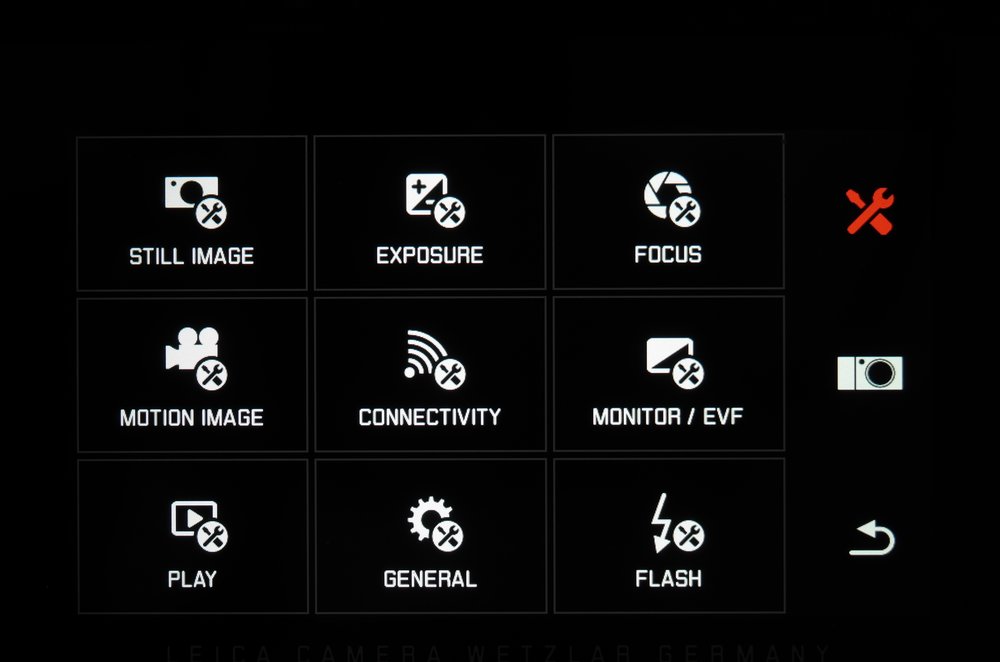
Above Left: The My Camera screen can consist of one or two screens. For most people, one screen will be more than sufficient. This screen is equivalent to the Favourites menu familiar from the SL and the new M10. For traditionalists, this is probably all they will need to control this camera. You can add functions by pressing the + button or drag unwanted functions to the trash. In this view you first see the toolbox icon which leads directly to the main menu.. The main menu, or toolbox (right), which contains just nine tiles which lead you to more detailed adjustments. Note the separation between still image and motion image — there is no confusion between settings as you drill down. The right-hand sidebar always contains a trio of options, in this case the toolbox (selected), the My Camera menu and return to previous (Click to enlarge images)
When the camera is turned on, the function bar to the right of the display allows direct access to three functions: Mode, the My Camera screen and display properties.
Pressing the My Camera button brings up tiles for the functions which you have designated as favourites. In most cases you can get away with a single screen, although a second one is possible. In the right-hand function bar of the My Camera page you now have access to the main menu — the single toolbox screen with its nine areas. This logical grouping provides a quick overview, with all sub-functions available by touching one of the main tiles.
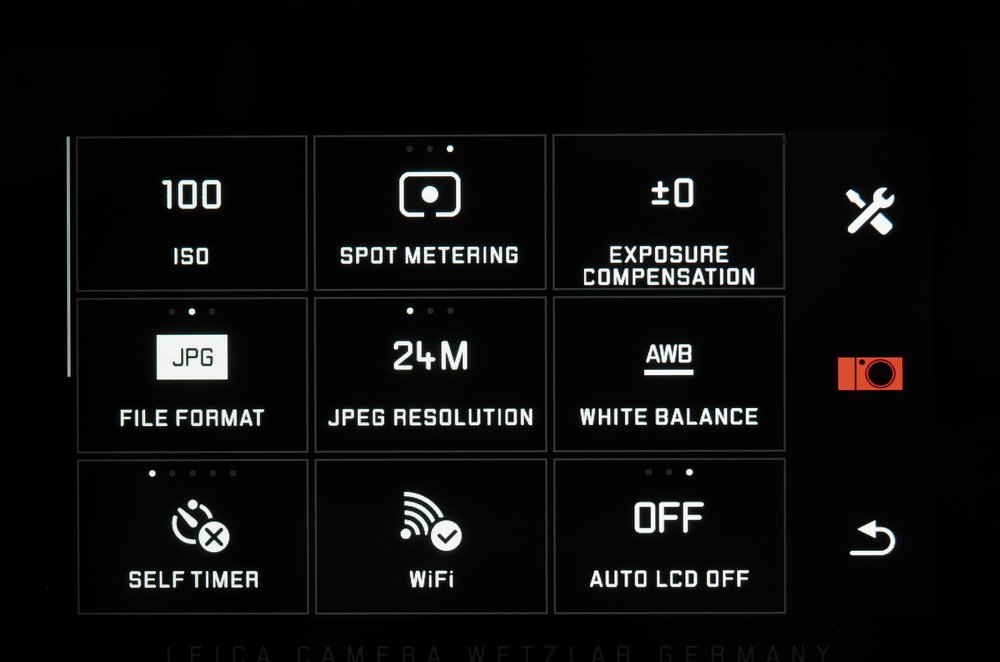
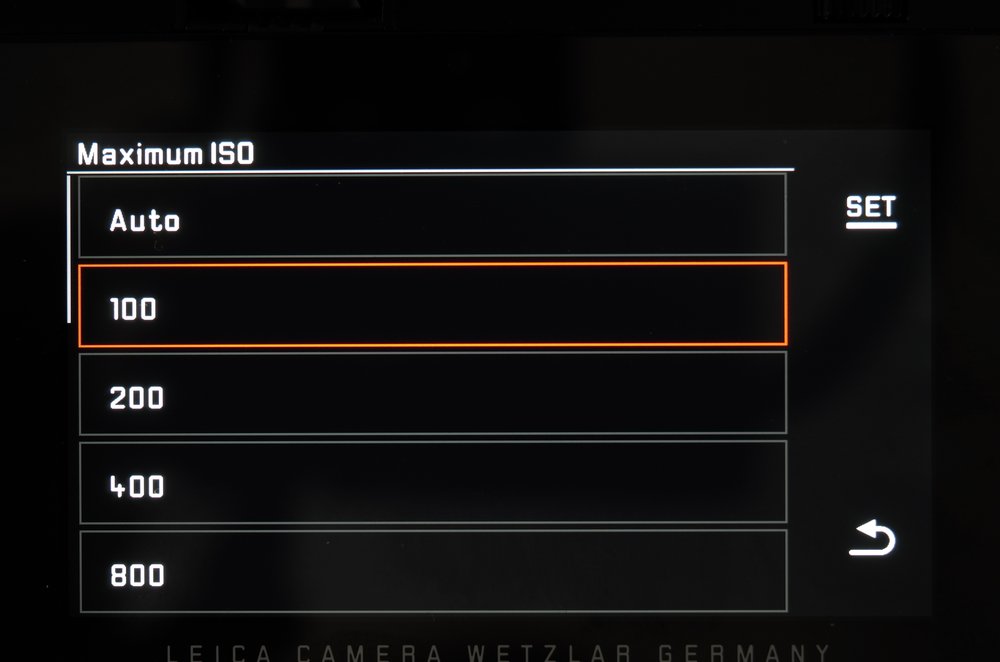
Above Left: An example of a secondary screen, this relating to the still Image tile. Here you can access all the commonly used functions, including jpeg processing. Some of the function tiles lead to lists, such as this straightforward ISO setting menu (Above Right), white balance and so forth (Click to enlarge)
For example, all video functions are grouped under the one tile while all still-image adjustments, including JPG/RAW, resolution and in-camera processing options are now approachable from the one still image tile.
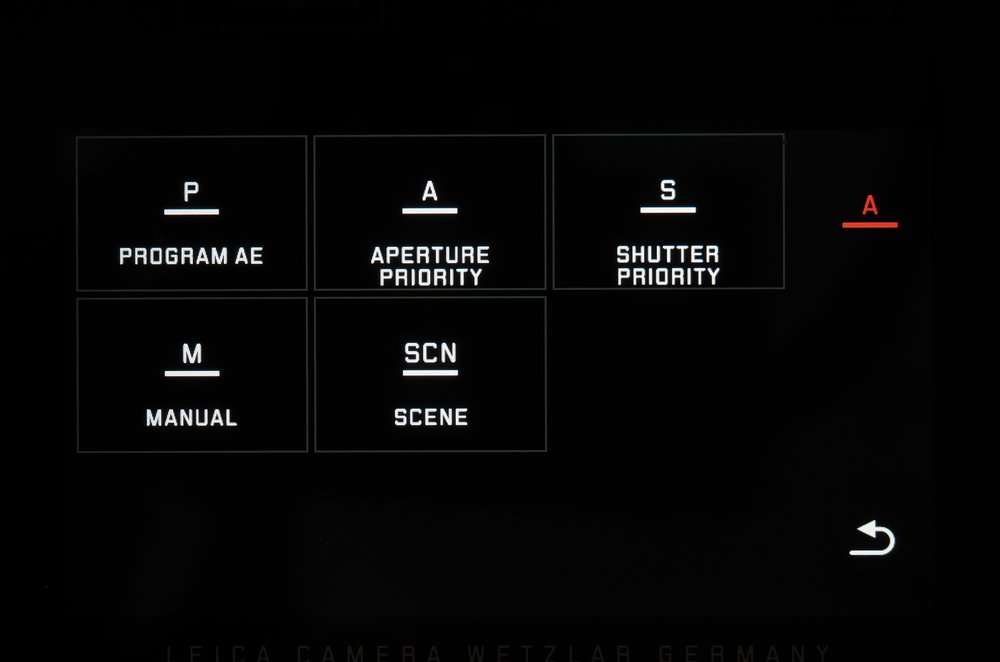
The My Camera home screen (or as we know it on the SL and M10, Favourites) is very intuitive and it enables you to create a fully customised home screen. The whole system is well designed and, after a time, you begin to believe that it is the perfect arrangement for a camera. Big bold buttons are what you need, and what you seldom get on modern cameras.
I find the menu system of the TL2 much simpler to understand and operate than the plethora of buttons (many of them customisable but without indication of function) on competitors’ cameras. When setting up button functions on cameras such as the Sony A7 series or the Olympus OM-D E-M1, it is so easy to forget which operations are assigned to individual buttons.
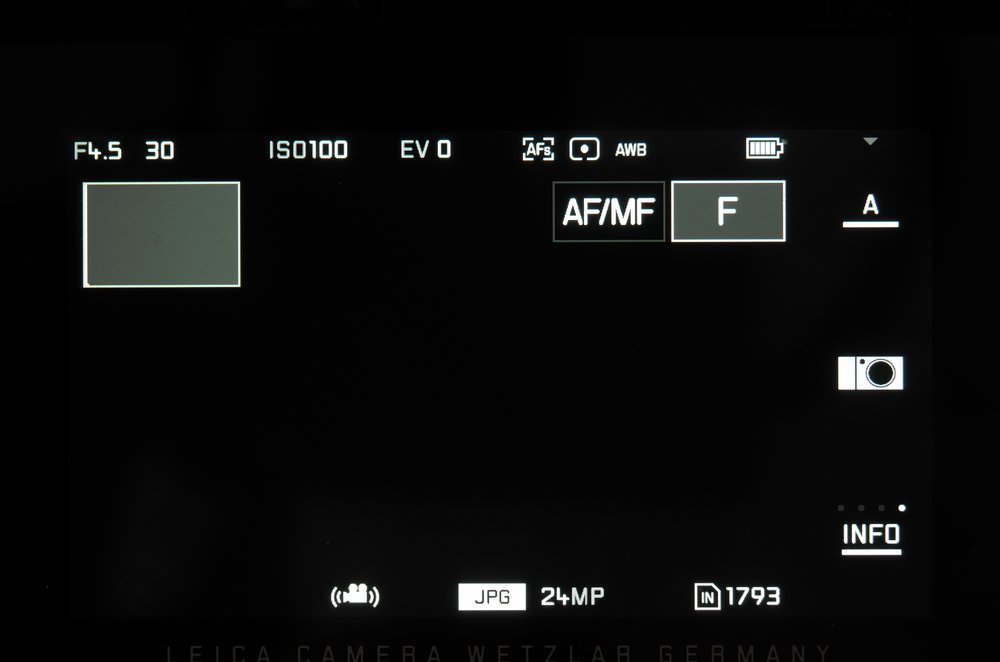
This doesn’t happen with the TL2 because everything is clearly labelled and your home or favourites screen can be reduced to the bare essentials to cover your preferred way of working.
A by-product of the TL2’s all-touch control system is that there are no buttons to press by mistake. When I grab a camera such as the Panasonic GX80/85, a smaller version of the GX8, I find the compact size of the camera and small buttons means I am forever pressing something by mistake. The D pad is particularly susceptible, as it is on most cameras, and it is such a relief not to have one of those under your right thumb when handling the TL2.
Handling
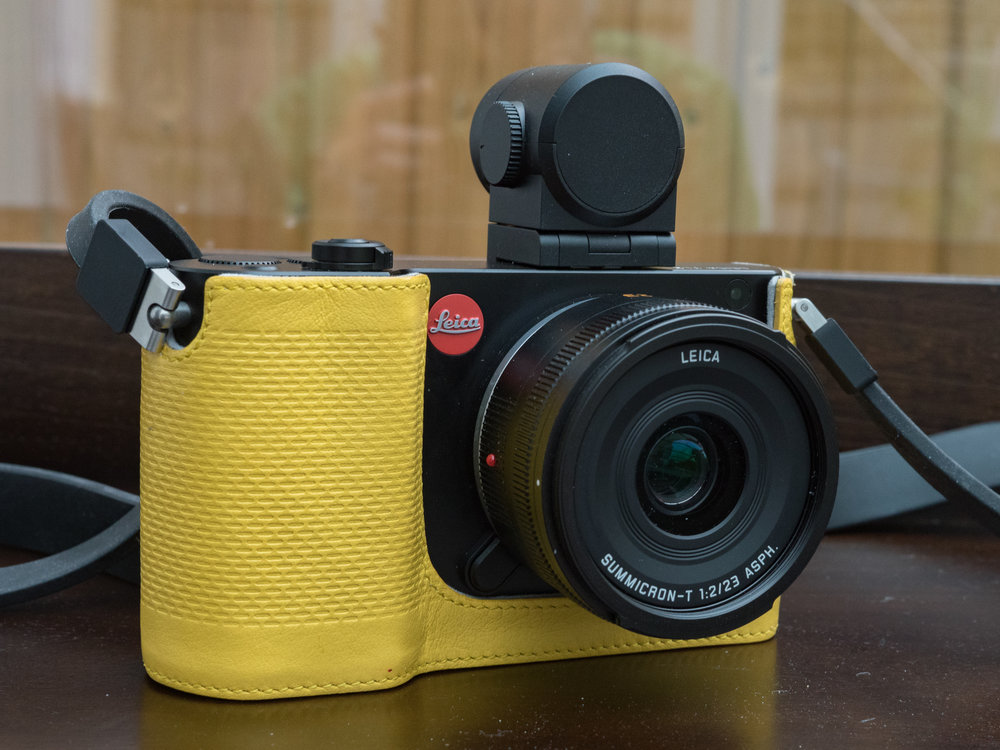
The compact dimensions and the hewn-from-solid feel of the TL2 makes it a pleasure to handle. The metal surface can be a little slippery at times (and cold in the winter) and I approved of the smart leather half-case supplied with the test model. It was yellow, and I’m not sure about that, but I would almost certainly buy one in black to go with the TL2 if I owned the camera.
All the native TL lenses are of reasonable proportions for the APS-C system and even the 55-135mm medium tele zoom is just 11cm long and weighs only 530g. The 23mm Summicron is the most compact native optic at 3.5cm long and 155g in weight. Together with the camera it turns the scales at a respectable 575g — and bear in mind that this is the same weight as the micro four-thirds Panasonic GX80 with the 15mm f/1.7 mounted. The TL2 is a great walk-around camera and, while it won’t slip in a jeans pocket, it does fit easily into a jacket.
If you add the Visoflex EVF you’re notching up another 50g in weight but, unfortunately and more worryingly, a hefty increase in bulk. This changes the TL2 from a neat, almost pocketable camera into a rather cumbersome squarish beast that doesn’t fit comfortably into smaller system camera bags. The Billingham Hadley Small, for instance, is too narrow and it’s a struggle to slot in the TL2 with viewfinder attached.
The balance of the TL2 is fine, even with the 55-135mm lens mounted. Since there are no extreme telephoto lenses available for the system, I find the small integral grip perfectly adequate for most purposes. The camera also balances well with most medium-length M lenses, perhaps with the exception of the 50mm Noctilux which does make the body somewhat front heavy.
In use
While I have not spent much time with the intermediate TL model, I am more familiar with the original T and there is absolutely no question that the TL2 is a major advance in every respect. The Maestro II processor has done wonders for overall speed of operation and autofocus speeds have been dramatically improved. The camera starts within a fraction of a second and overall response now is on par with the camera’s major competitors.
Shot-to-shot times are much faster than on the T and TL. Leica claims a three-fold improvement to 165ms over the TL and I can believe this. Autofocus response has also been improved by a similar factor of three and, once more, this is obvious as soon as you pick up the TL2 after using the T.
Click above images to enlarge
Low-light performance, with sensitivity up to ISO 50,000, is a welcome improvement. While such high values are not realistic except in emergency or for record shots, the reduction in noise at more usable settings, up to, say, 12,500 — which was the top limit on the old model — is noticeable. ISO 3,600 or even 6,400 are practical as general upper limits for auto ISO while respectable results can now be expected up to 12,500 when absolutely necessary.
The new electronic shutter with speeds up to 1/40,000 means that faster lenses can be used to their full potential even in bright conditions. This applies particularly, for instance, to the f/0.95 Noctilux-M which can take advantage of the electronic shutter where previously an ND filter would have been essential.
It is a pity that there is no option to choose to use the electronic shutter for all speeds; the transition is automatic with mechanical shutter obligatory at 1/4000 and below. I remember this was also the case with the SL when it was introduced, but a subsequent firmware update allowed the electronic shutter to be used exclusively.
Continuous shooting with the manual shutter is now increased to seven frames per second while the electronic shutter boosts this to a very respectable 20fps.
Image quality
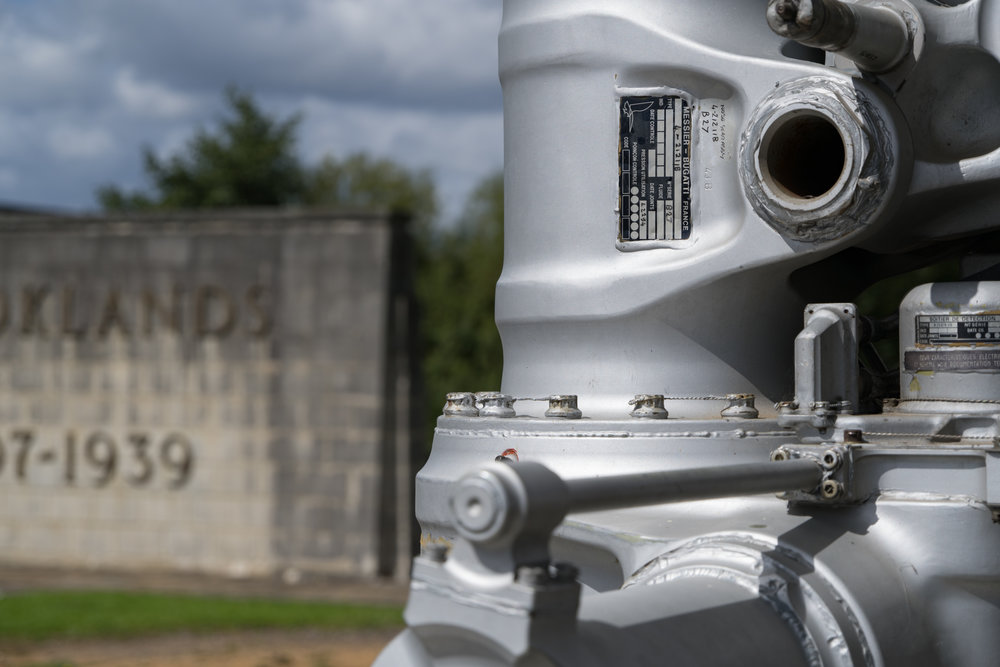
Good image quality has always been a hallmark of the T series. I was never disappointed with the original T’s quality images; however, the latest 24MP sensor is a real improvement. At low ISO the RAW images are outstanding, with a much improved dynamic range which enhances the possibility of correcting underexposed shots in post processing. At low ISO the dynamic range is truly excellent and it is possible to pull detail out of shadow effectively. This can be important to know when exposing to avoid blown highlights. I found a general tendency to slight over exposure and I settled on a -1/3 or -2/3 EV compensation as a standard setting.

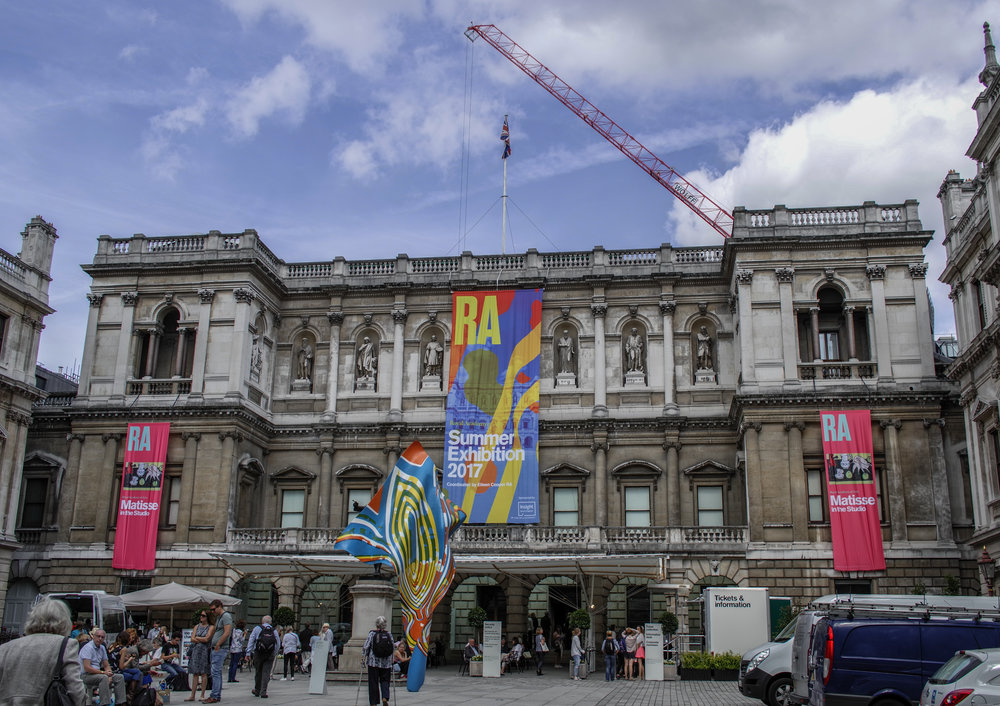
Leica has done a great job of tweaking JPEG output. I’ve read criticism of the OOC jpegs as uninspiring and rather bland but I don’t agree with this verdict. They have an understated refinement at standard settings and colour rendering is faithful and natural looking. As with the X-series (particularly the X Vario) and the T, the images are good to go, but if you are not happy, it is easy to adjust the settings. I tend to prefer the vivid setting, although not everyone will agree. I am also very satisfied with black and white conversions. For a part of the test period I set the jpeg output largely to achieve a monochrome screen and viewfinder image which I found helps with focus peaking — more on this later. I was also impressed with the high-contrast B&W jpegs from the camera.

Unlike with previous T models, it is now possible to shoot RAW files independently without an accompanying jpeg. For confirmed RAW shooters this is a decided improvement and must improve processing time as well as reducing storage needs.
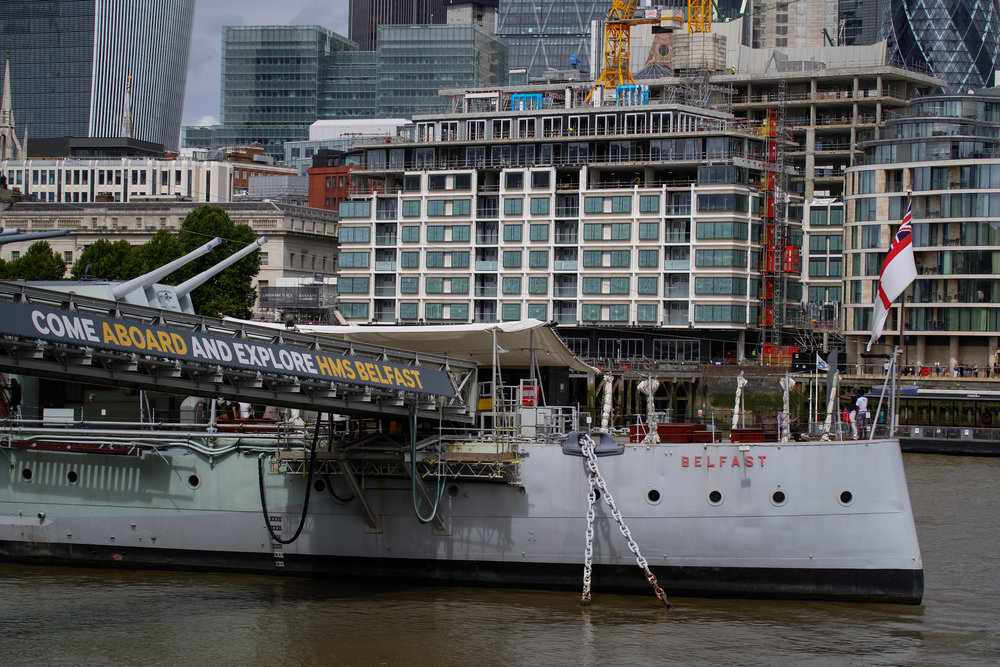
Viewfinder and screen
Before the TL2 was announced most commentators expected a taller new body to accommodate a built-in viewfinder. Without a doubt it is the lack of a built-in viewfinder that has attracted most criticism, right from the introduction of the T. Indeed, I suspect that T and TL sales would have been far greater had Leica followed its competitors and from inception offered a good built-in viewfinder.
As it happens, the accessory Visoflex — which weighs only 50g — is a superb finder with a larger screen area than is available in most competing cameras. It sports a remarkable 3,700-dot resolution, similar to the finder on the Leica Q.
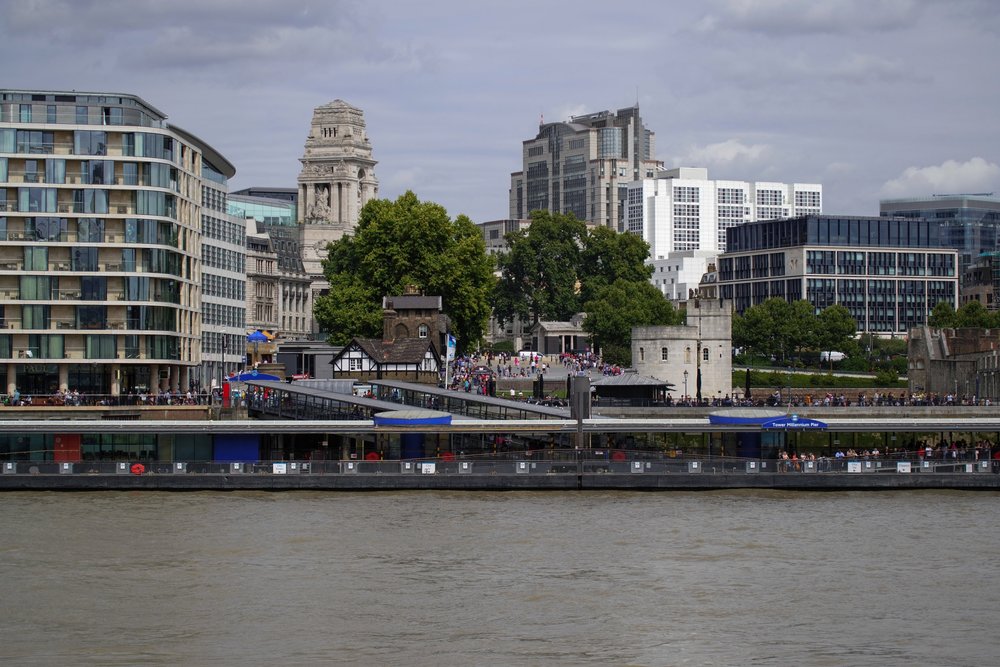
It is sharper and brighter, as well as being bigger, than almost all built-in finders on the market, including those in the Sony A7 series. The only viewfinder I have come across that beats the Visoflex, and then only on image size, is that of the SL.
Ergonomics of the Visoflex are exemplary. The diopter adjustment is one of the best I have found on any camera and compares well with that on the SL. It is a large knurled wheel to the right of the housing where it can be set and forgotten. On the debit side, the overall dimensions of the Visoflex are worryingly large and the accessory does little to enhance the visual appeal of the TL when it is perched on top. Quite the contrary, in fact. It slots into the camera precisely but, like all such finders, has a tendency to work loose, especially when removing the camera from a bag. On more than one occasion I pulled out the camera to discover the Visoflex lying in the bottom of the bag and not on the camera. Apart from the inconvenience, there is the opportunity for a very expensive loss.
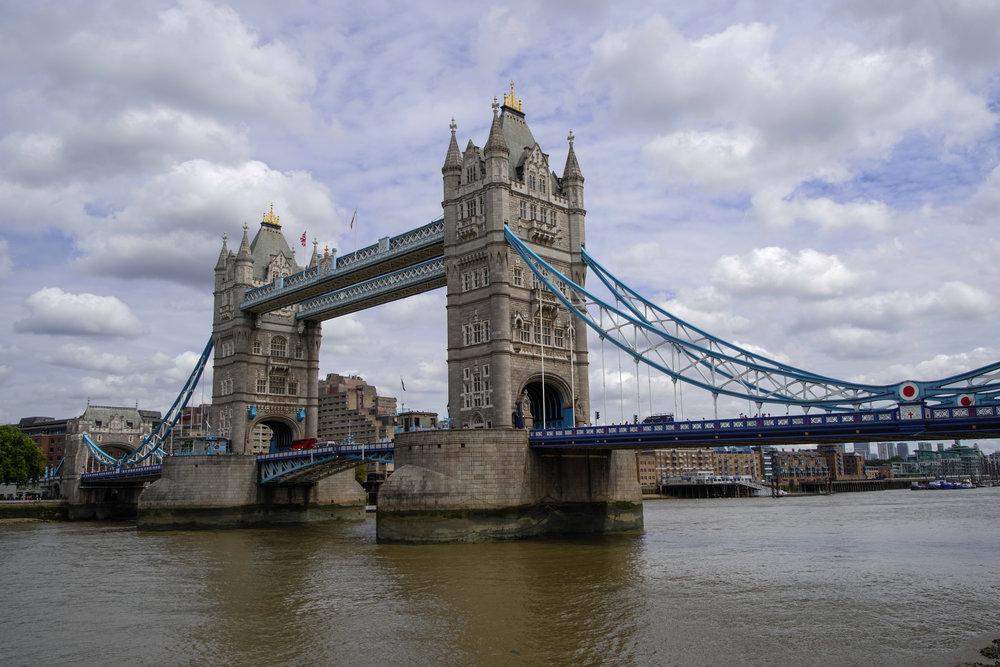
On the other hand, I noticed no tendency for the finder to edge backwards during normal duties. This was a problem when using the same unit on the original T (and, as far as I know, on the TL). If this happens the image is replaced by a blank white screen. Perhaps all external viewfinders should have a secure fixing which can be released only by pressing a button.

The main objection I have to the Visoflex is that it is so ugly when mounted on the svelte and compact TL2. It does absolutely nothing for the aesthetics and it transforms a beautiful swan into an ugly duckling. This is no reflection on its performance; it is just an unfortunate fact. In mitigation, we shouldn’t forget that some of the Viso’s size is accounted for by its integral GPS system.
While it seems likely that a majority of TL2 users (and, perhaps more to the point, potential users) would prefer a built-in viewfinder, some are happy with the present arrangement. Reader John Nicholson points out that he prefers the external viewfinder because it tilts upwards. I like this aspect also — it helps with low-level photographs especially when the photographer’s knees are getting a bit creaky.
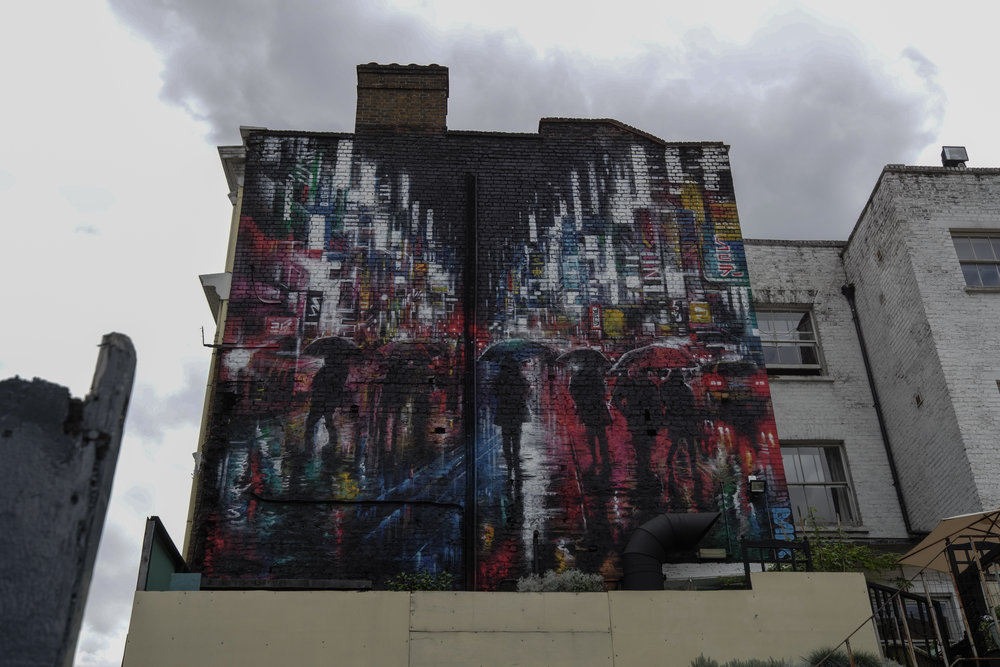
I’m used to the tilting (built-in) finder on the Panasonic Lumix GX8 and I definitely notice its absence in the smaller sister GX80. In this respect, the tilting action of the Visoflex is a boon.
For the first time on a T/TL series camera, the TL2 makes it possible to toggle between screen and viewfinder using a physical button — by reprogramming the function button. The ability to choose to stick with the viewfinder, rather than relying on eye sensitivity, is something I and many others requested back in 2014. At last Leica has listened. Unfortunately, as I discovered almost immediately, they have gone one step forward and half a step backward. If you choose to use the viewfinder exclusively for shooting you will find that the setting is forgotten when the camera is switched off or when it goes to sleep. Wake the camera and the image has reverted to the screen.
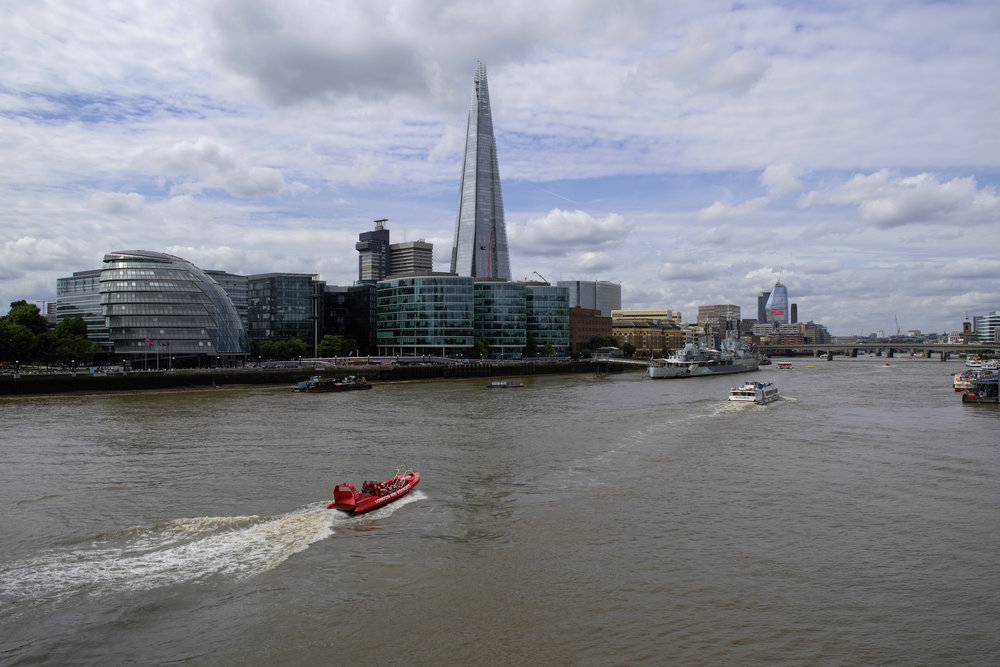
Thus, almost all the advantage of having a button to control this important function is lost. You have to first wake the camera with a tap of the shutter button, then press the function button to re-select the viewfinder. Meanwhile old Cartier-Bresson and his decisive moment have long since fled. I cannot understand why the function is set up in this way.
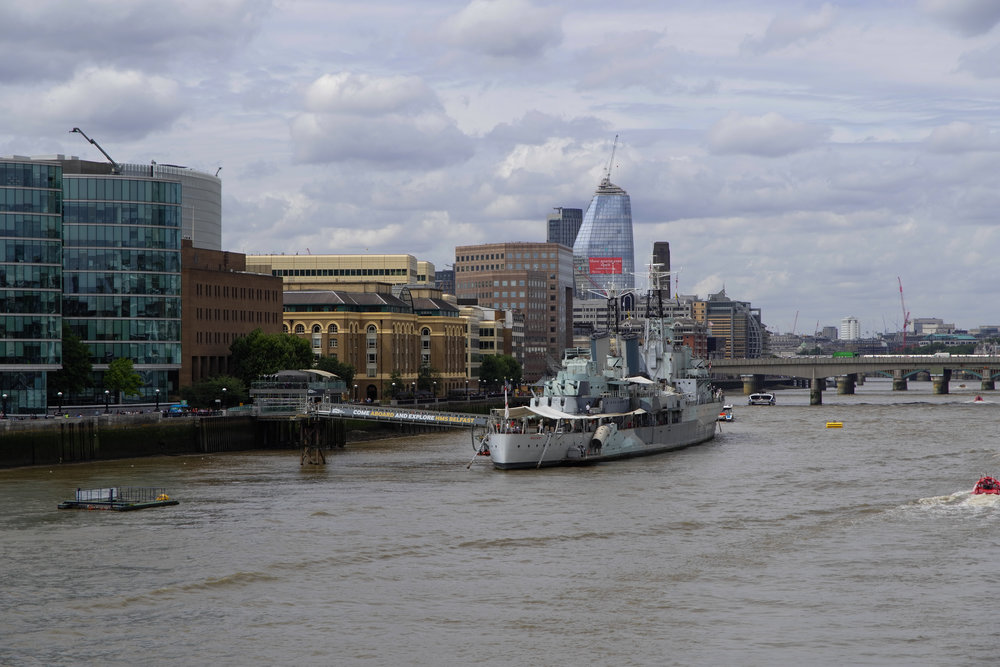
Possibly there is a very good technical reason why the image must always default to the screen when the camera wakes, but I remain to be convinced. Over to Leica.
This waywardness continued to annoy me throughout the test week and, in the end, I disengaged the Fn button toggle and reverted to the eye sensor to switch between screen and viewfinder. This works well, but it isn’t the point, and it is decidedly annoying to have the screen constantly flicking on and off. I do hope that a firmware update can allow the screen/viewfinder setting to be remembered during power down.
Above: Another testament to the capabilities of the new 24MP sensor. The famous Victorian postbox at the southern buttress of Tower Bridge taken with the 18-56mm Vario-Elmar-TL at 28mm. The crop would do credit to a full-frame camera. Click to enlarge images
These quibbles apart, the Visoflex is a superb finder. On the TL2 the finder has lost the lag so evident with the original T and the old VF-2 finder used on the M240 and the X models. Thankfully, that horrid black screen of death between frames has now been all but eliminated, likely thanks to the new processor. Transition is now virtually instantaneous, quite in line with the best modern cameras. Frankly, this is probably a better viewfinder than we could have expected had one been built into the new TL2.

Working with the screen
Wealthy smartphone generation individuals strolling past Leica Boutiques are presumably not at all bothered by the lack of a viewfinder. They may even prefer to do everything from the screen. If so, I have good news for them. This is a wonderful screen, 3.7in diagonally and bright enough to perform well even in moderately sunny conditions. However, as with all such screens viewed from a distance of twelve inches or so, very strong sunlight is not conducive to accurate viewing, focusing and composition.

Composing and shooting from the screen works really well with this proviso. It can have positive advantages, also, in making the photographer look like an innocent tourist, snapping away at everything and nothing. Yet in front of that particular screen lies a highly competent camera capable of professional results. Bystanders would be mistaken.
Moving the focus point around the screen is simplicity itself and all the gestures are intuitive and remarkably fast. If I had to choose one camera for tourist-style screen viewing and composition it would be the TL2. I will go out on a limb and say that this is the best screen I have found on any camera.

Autofocus
The contrast-based autofocus is now extremely slick, allegedly three times as fast as on the TL, and I would put it on par with Fuji X but perhaps not quite as quick as the best m4/3 cameras such as the Olympus OM-D E-M1 Mk.II. But however the hairs are split, the improvement over the old T is palpable. This is now a very quick camera. Accuracy of focus is also much improved, although hunting is still evident in low-light conditions. Some of this is lens dependent and I found that my 23mm Summicron was much harder to focus in low light than the three zooms I also own. I’ve previously noticed this 23mm low light problem with the T. I had begun to think this was a lens fault but, curiously, I find the 23mm focuses significantly faster on the Leica SL and I cannot account for that.
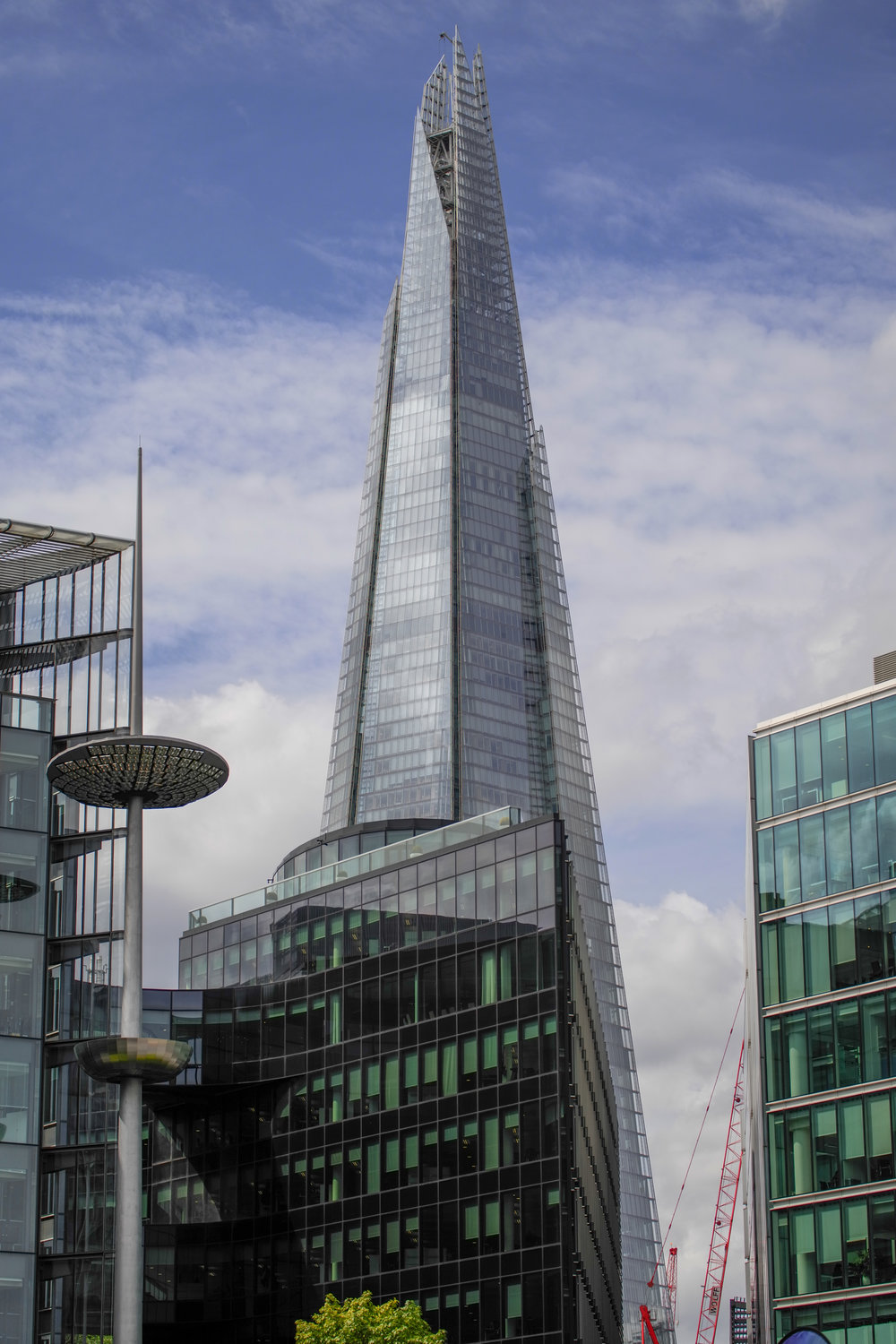
While the TL2 is no camera for fast sporting events, it is much improved over the T and TL in terms of autofocus and I certainly now have no complaints. Again, though, with a maximum full-frame equivalent focal length of just 200mm (with the 18-135mm zoom) the TL system is not a natural choice for sports or wildlife photography.
While the camera has the usual range of focus options, including the ability to focus and shoot from the screen, I stuck to my usual preference of centre-spot focus. I normally prefer to focus on the subject, half depress the shutter to hold the setting and then recompose before shooting. It’s a matter of personal preference, probably now considered old fashioned, but I was delighted to see that with the TL2 the centre focus point tends to stay where it is meant to be, right in the middle of the frame. This is more than you can say for most modern cameras (including Leica’s own SL) where the focus point often has a life of its own and meanders around the screen at will (or, I should say, as a response to my erroneous prodding of a control such as the SL’s joystick). With this in mind, the TL2 — with no buttons to prod — is much easier to use in the fashion of an M rangefinder when it comes to focus and recompose.
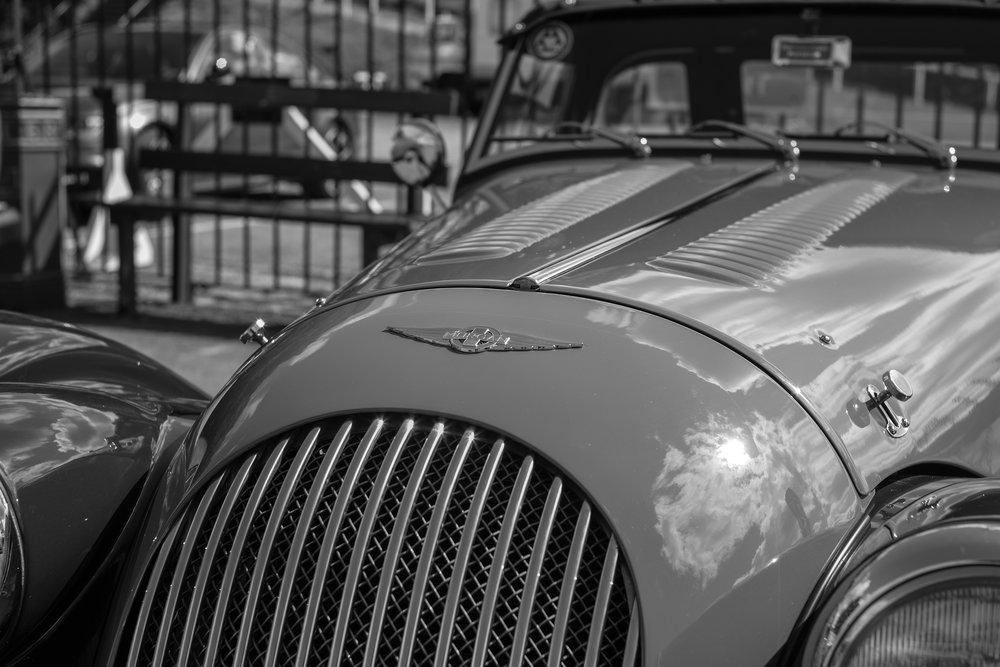
Manual focus
Manual focus with the system lenses is straightforward and, with the electronic lenses there is the benefit that movement of the focus ring initiates focus aids. This is in contrast to the use of mechanical lenses. Yet I always find that manual focus with auto lenses — from any manufacturer — is an uninspiring pastime best reserved for specific purposes such as macro photography. The fly-by-wire nature of electronic focusing is leisurely and unrewarding. The system lenses are made for autofocus and it’s best left that way. But with manual lenses it is a different matter; manual focus can be a pleasure.
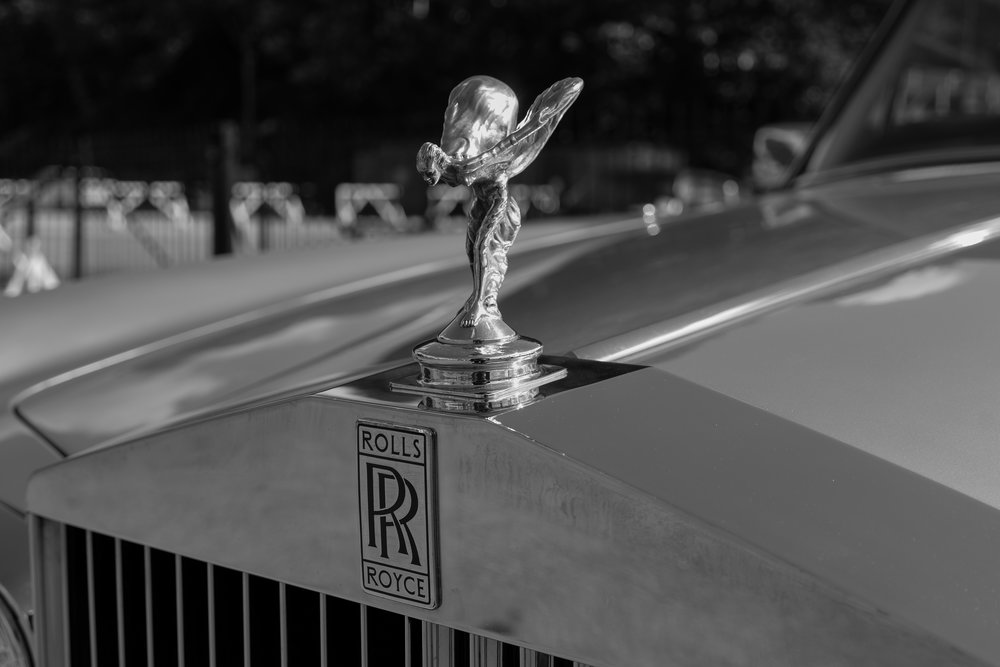
One of the big attractions of the T series for owners of M-mount lenses is that the cameras have always played well with most manual lenses. The TL2 is no exception and, with the addition of focus peaking to complement the previous focus magnification, the new camera is probably the best companion for M glass this side of the the mighty SL.
The camera recognises all six-bit coded Leica M lenses. We are told that these lens profiles initiate in-camera tweaks in line with the individual capabilities of each lens, in particular improving the performance of some wide-angle lenses. Lens recognition, however, also populates the relevant exif data — with the notable exception of aperture setting, of course. Occasionally, I’ve noticed, Lightroom will try to make an intelligent guess on aperture, but it is just that and not fact so should be interpreted with a pinch of added salt.
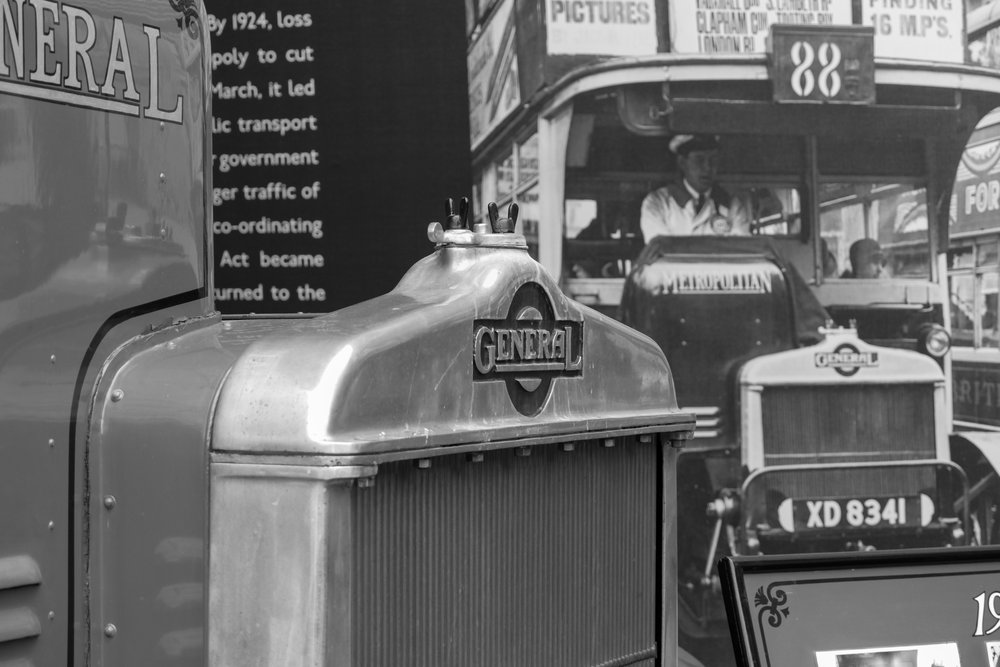
Focusing a manual M lens is so much more satisfying than attempting manual focus with a native TL lens. The fly-by-wire systems of autofocus lenses are disappointing at best and an M lens is a revelation. The throw between minimum focus distance and infinity is short, enabling very rapid focusing.
Focus aids
The TL2 offers two focus aids to help tell you when the subject is in sharp view. Magnification, either 3x or 6x, is carried over from the original T. It is initiated by clicking the left-hand adjustment dial one notch to the left and then one or two notches to the right depending on the level of magnification required.
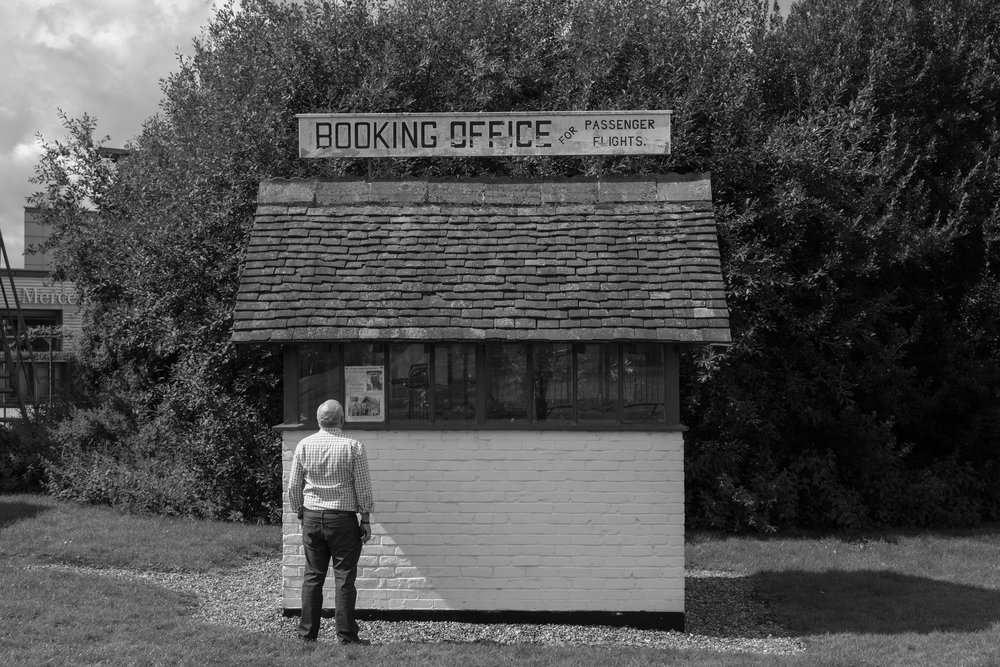
It sounds more complicated than it is. I am used to this system and find magnification extremely beneficial, particularly with lenses such as the 0.95 Noctilux or 50mm Summilux which can be fussy when wide open.
One caveat — a problem that is common to all mirrorless cameras — is that focus aid initiation with manual lenses is not automatic. Before every shot you have to click that dial. The Leica M is the only camera that knows what is happening with the lens when the focus ring is moved. The M can thus bring up magnification without the need to prod a button. For TL2 and SL owners, not to mention Fuji or Sony fans, it has to be a manual initiation. With native lenses, of course (as with other systems) the electronic connection to the camera does bring up focus aids without manual intervention.
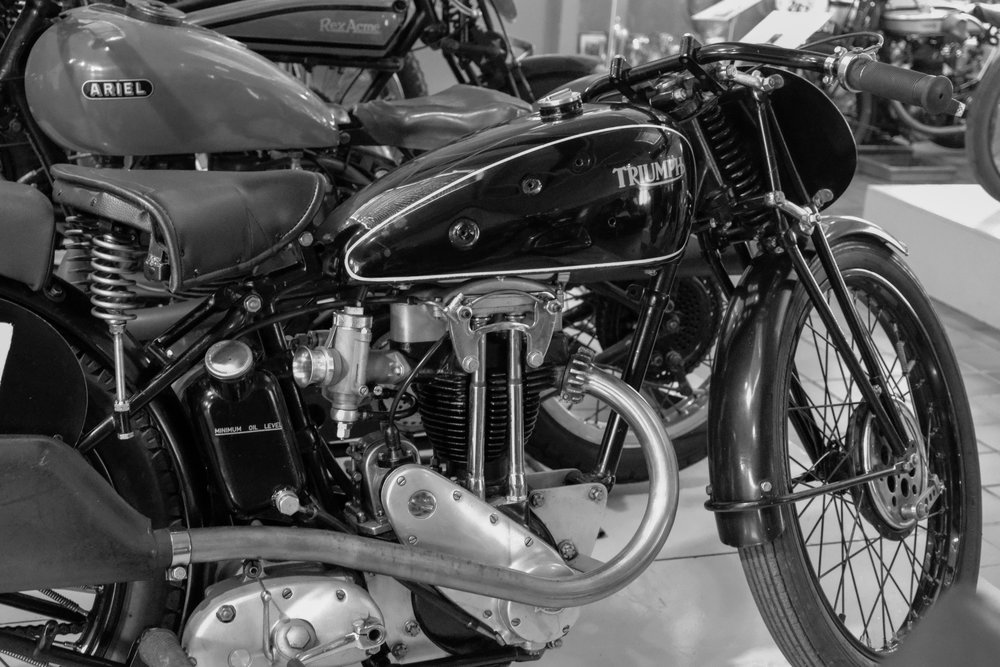
New on the TL2 is focus peaking. Some love it, some hate it. I happen to like it. On the TL2, the intensity and colour of focus peaking is not adjustable (unlike with some cameras which do offer choice) and, it has to be said, the degree of peaking is modest at best. On some manual lenses it is almost impossible to detect.
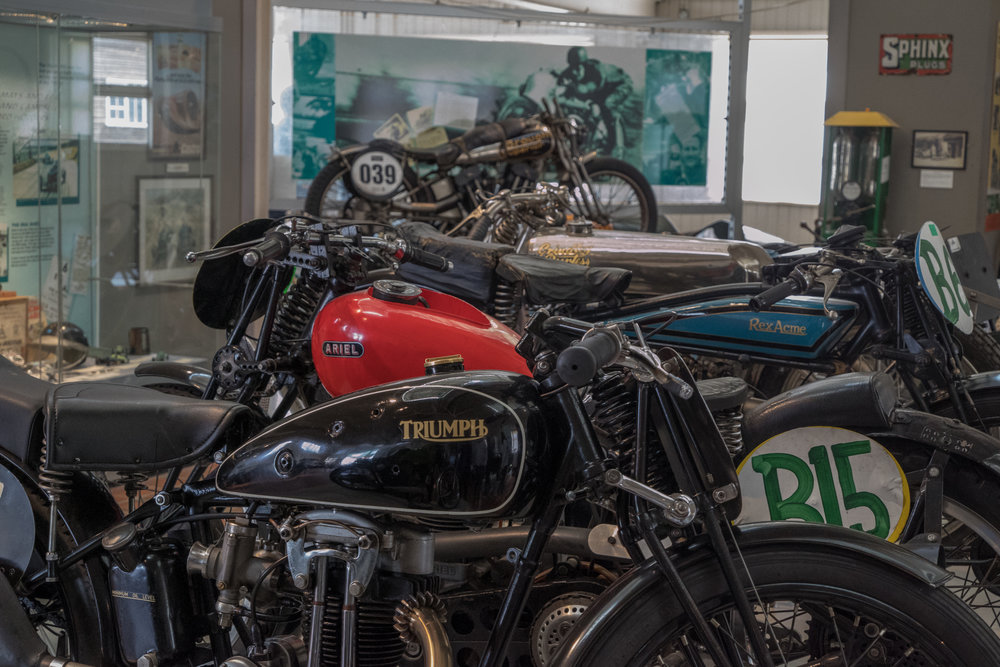
A low peaking level does have the advantage that it can be more precise and is a more reliable guide than an over-sensitive level which tends to identify a wider depth of field. With the Noctilux, for instance, precise focus is essential if you are to get the best out of the fast aperture, so I can understand why Leica has soft pedalled on the peaking. Fortunately, peaking tends to work best at full aperture; it is sometimes difficult to detect when the aperture is smaller than f/5.6.
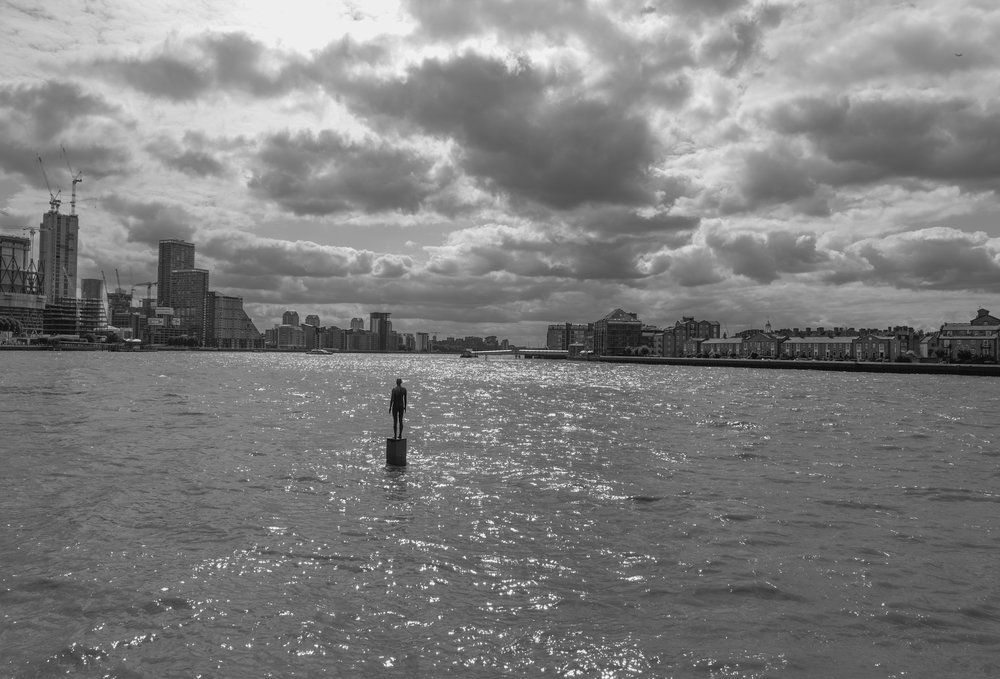
I think the TL2 does need a range of focus peaking levels to cope with the variety of manual lenses old and new, the subject and the lighting conditions. I am less bothered with the lack of peaking colour choice. Where there is a choice on other cameras I invariably end up back with red as the most useful colour. Leica has always kept the intensity low, perhaps in the interests of more accurate focus, but unfortunately, if you can’t see the peaking at all it rather defeats the object.

Focus aids are set in the menu. You can choose to have no aid, magnification alone, magnification plus peaking or focus peaking alone.
When using focus peaking, especially because it is particularly subtle on this camera, I find it an advantage to switch the screen and viewfinder to B&W mode. It is then much easier to detect the colour when focus is achieved. This, however, requires setting the jpeg to monochrome, something that is acceptable if you are also saving RAW files, but less usable if you normally field out-of-camera jpegs. The only camera I have used that allows the screen and viewfinder to be set to monochrome without changing the JPG setting is the little Leica D-Lux (Panasonic LX-100). Others should follow.

Although I did not try the TL2 with older Leica lenses, I know from previous experience that focus peaking can be temperamental, probably because these lenses are often not as sharp or contrasty as more modern designs.
These are minor niggles, of course. In general the TL2 does a magnificent job of coping with all modern M lenses and I am happy to say that the TL2 (and the SL, but that’s another story) is one of the best mirrorless cameras to use with manual lenses. It has the edge on Fuji and Sony in my opinion mainly because six-bit-coded lenses are recognised for what they are and there is no need to plough through menus to select the optic. There is also the suspicion that the TL2 holds more specific profile information, especially to deal with wider angle lenses.
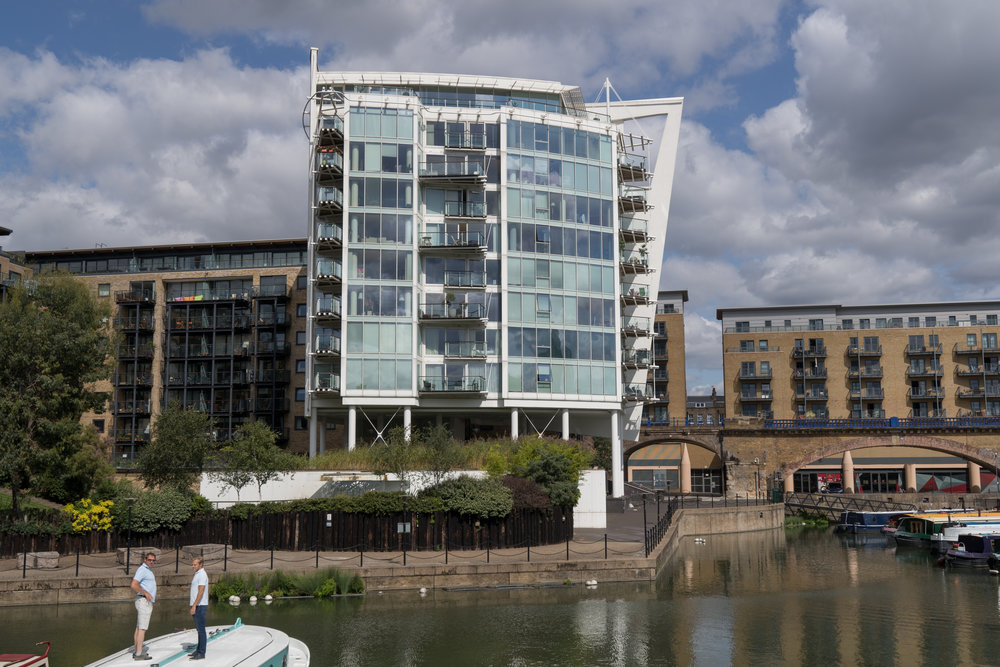
Legacy lenses
There is a seemingly endless list of M-mount lenses that you can choose to use on your TL2, ranging from today’s price-topping 50mm duo, the Noctilux and the Apo-Summicron, right back to screw-mount lenses from the three decades prior to 1960 (with a second, thin adaptor). Modern lenses, those with six-bit coding, are the easiest to work with since, as mentioned earlier, the camera recognises them without menu adjustment. Most M lenses are small, certainly smaller than the native TL lenses, and you could well use nothing but manual lenses on the TL2.
There are some snags of course. The obvious one is the need for an adapter to translate the larger TL mount to the small M mount. While you can buy third-party adapters at lower prices, the official Leica device is expensive at £300. The adapter has the effect of adding to the physical length of all lenses and does not add to the aesthetic appeal of the lens.
The other snag, which is more fundamental, is the change in effective focal length common with all smaller-sensor cameras. The 1.5 crop of the APS-C sensor means that a 50mm M lens acts like a 75mm on the TL2.
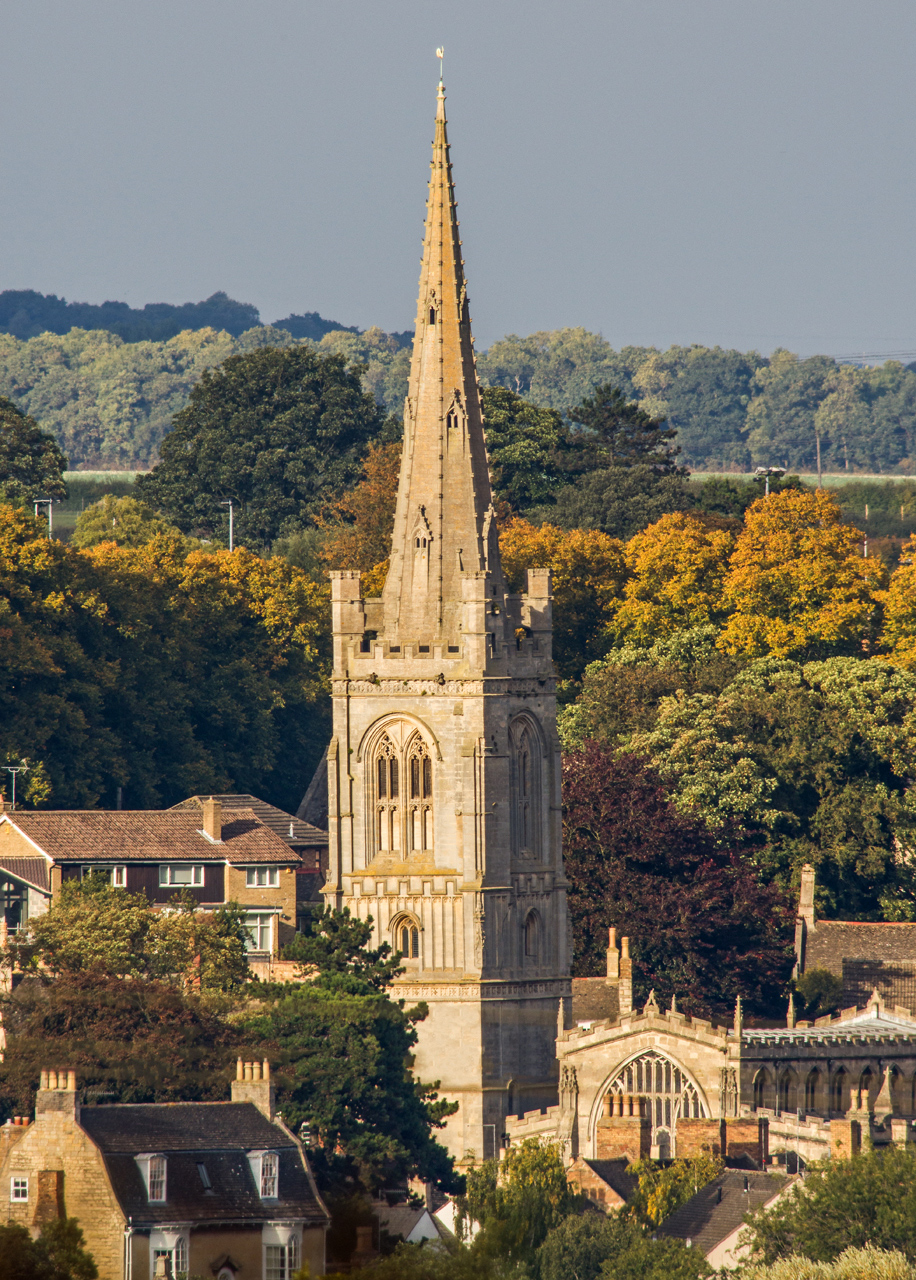
It’s good if you like the longer focal length; it turns the Noctilux into an f/0.95 75mm Noctilux and that can’t be bad — it will save shelling out for that new 75mm Noctilux that’s rumoured to be on the way. But for wide angle options choice is limited. One of my favourite combinations is the TL2 with the tiny 28mm f/2.8 Elmarit. This translates into very usable 42mm on the TL2 and I reckon that is just about perfect. It suits when you can’t decide whether to take out a 35mm or 50mm; and it has the same attractions in this respect as the old CL 40mm Summicron, a bit of a ‘twixt and betweener.

While the x1.5 crop factor can be an irritant, micro four-thirds users have even more problems. Every focal length is doubled and, unless you have a stock of wide-angle Leica glass your options are limited. On second thoughts, though, these differences can be thought of as an advantage in that they offer two (or even three) focal lengths from one lens. All you need is bodies. If the crop factor of the TL2 worries you, a good alternative is the full-frame SL where what you see is what you get.
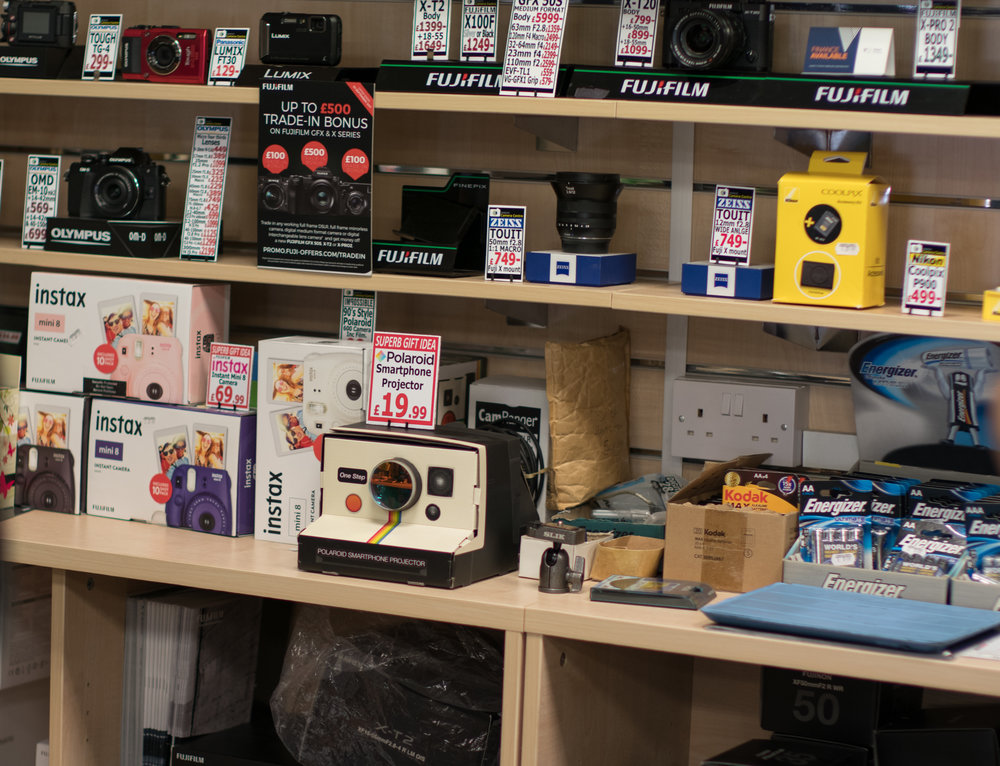
As mentioned earlier, using M-mount lenses on the TL2 is a pleasure and I suspect many Leica enthusiasts buy it simply for this reason. I know for a fact that that is certainly the case with the SL. I own an SL and, in common with several friends and acquaintances, do not have native SL lens simply because they are too big for me to manage.
Image stability
A strange omission in the TL system is the lack of optical stabilisation in either camera bodies or lenses. The SL system, in contrast, does feature lens stabilisation. The TL2 offers electronic stabilisation (as do almost all cameras) but I don’t know anyone who uses this. It is no substitute for good optical stabilisation and can actually degrade image quality. After coming from m4/3 cameras with five-axis in-body stabilisation and complementary in-lens systems, this approach of Leica comes as something of a shock. The camera will use the stabilisation built into some SL lenses but for most of the time it’s an unstable world and you have to resort to old-fashioned techniques, in particular ensuring that the shutter speed is fast enough to eliminate shake. I don’t find the absence of stabilisation to be a deal breaker — after all I am well used to unstabilised cameras — but it is a point to keep in mind. In this respect, the TL2 probably loses out by two or even three stops in comparison with its competitors. But note that the main competitor range from Fuji also omits in-body stabilisation.
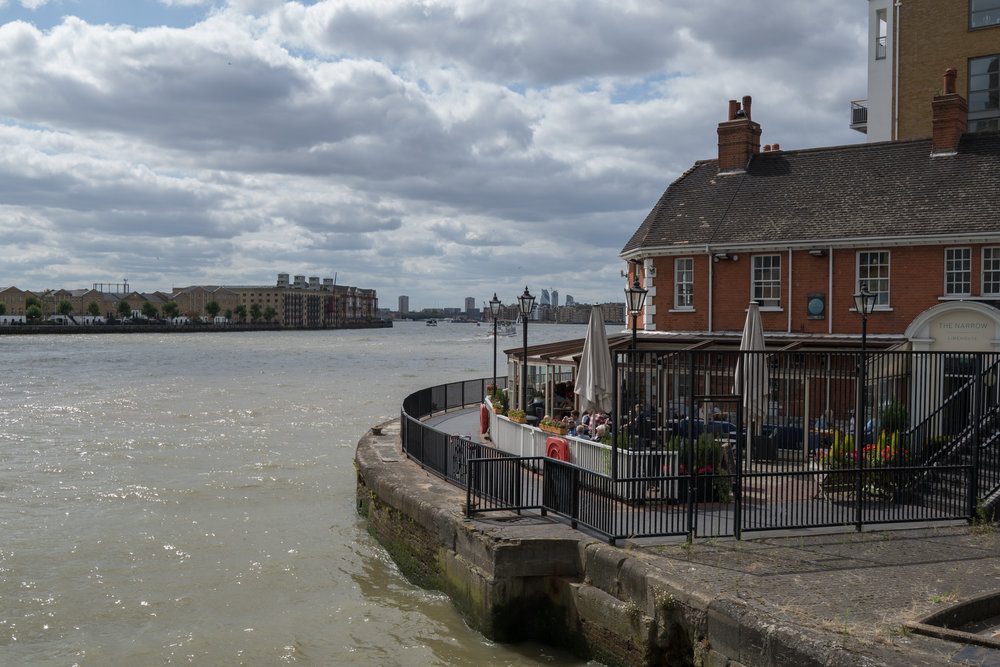
Battery, charging
The TL2 features the latest USB-C port, now familiar to owners of MacBooks and MacBook Pros, which can handle both data transmission and power supply. It can be used to charge the battery in situ. I know many people object to this, especially if the manufacturer uses the feature as an excuse not to provide a charger. But this is not a consideration with the Leica TL2, which does come with a charger. I love in-camera charging. It means I can travel without carrying the charger and, if I forget the USB cable, I can buy one anywhere. You can charge from most standard USB chargers or, even, from a backup battery or your computer. This is a brilliant idea and more manufacturers should adopt it.
The supplied charger unit is a standard Leica accessory but, unlike the charger for the M10 and other cameras in the range, suffers from needing proprietary plug adapters. If you forget to pack the appropriate adapter when travelling you are stymied and would definitely have to resort to in-camera charging.
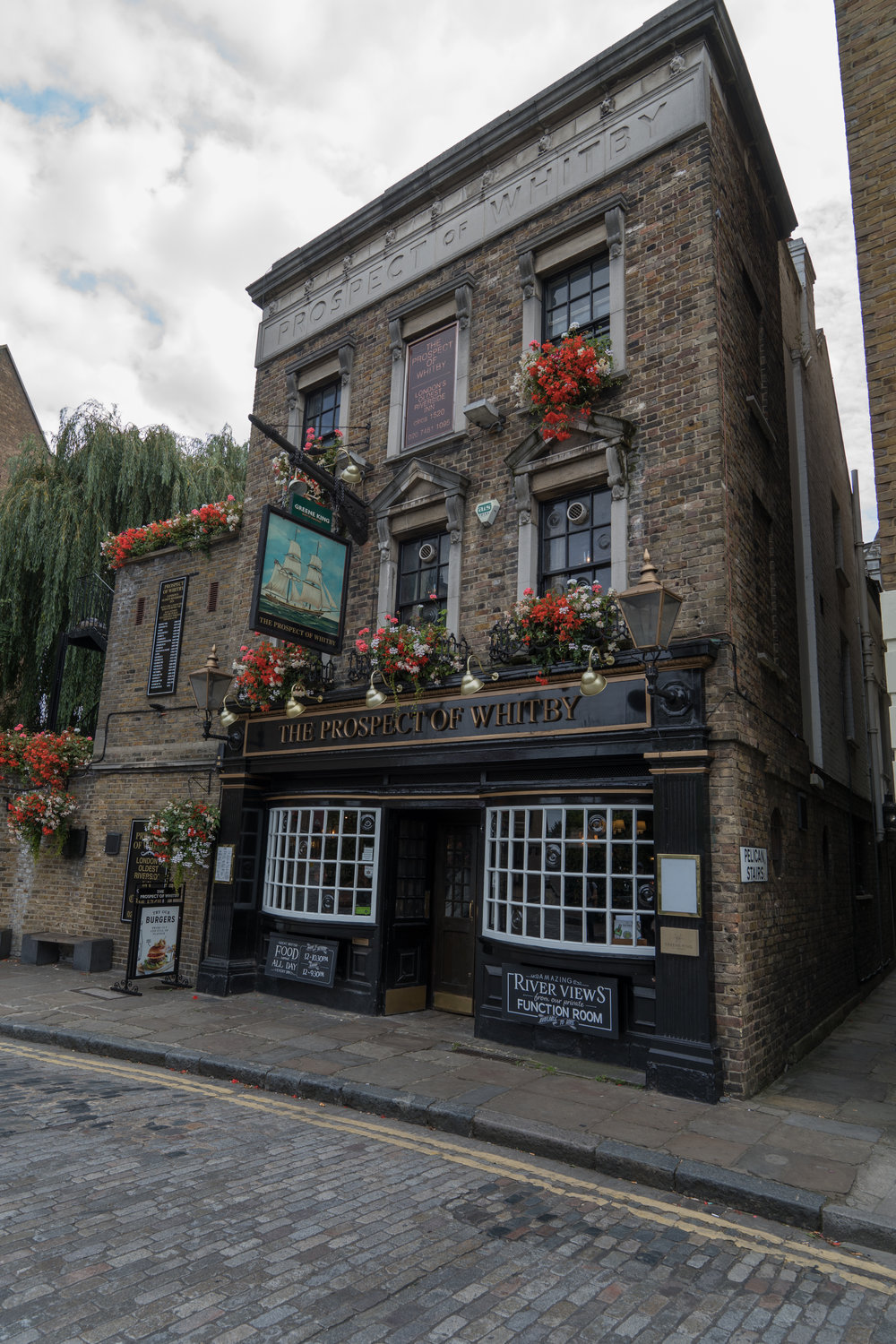
In my opinion, all chargers should feature the standard figure-eight power socket into which you can stick an Apple plug or a power cable. Cheap power cables with the 8 plug attached are available throughout the world, ready fitted with the local power connector. I rest my case.
The battery itself is the same as the one used in all Ts from the original model. Since there is no door, the battery pops out part way on demand and can be fully extracted by dabbing its base. It’s the same excellent system now adopted on the SL.
The 985mAh hour battery provides average life. Leica claims 250 shots per charge but I was getting slightly less than this even when using the viewfinder exclusively. I did almost no chimping, as usual, and used the screen sparingly at all times. Some users, particularly if they are relying more on the screen and checking results, could expect fewer frames per charge.
A second battery for this camera is almost essential.
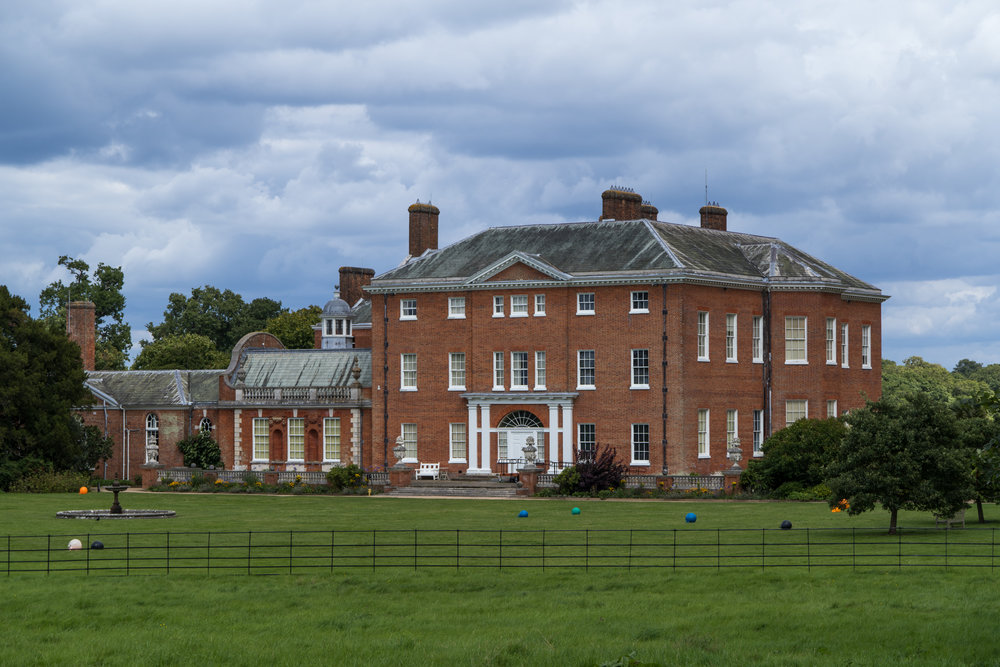
System
While the TL2 body is not particularly expensive compared with similar offerings from other manufacturers, the system as a whole is not cheap when lenses and accessories are taken into account. The cheapest TL lens (the 18-56mm) costs £1,255 and the priciest (the 60mm APO-Macro-Elmarit) is £1,945. When you add in the viewfinder, £390, this becomes one expensive system. Many will argue that Leica lenses have the edge and I wouldn’t dispute that. But Fuji X system owners, in particular, will maintain that their their lenses are just as good and are a darned sight cheaper.
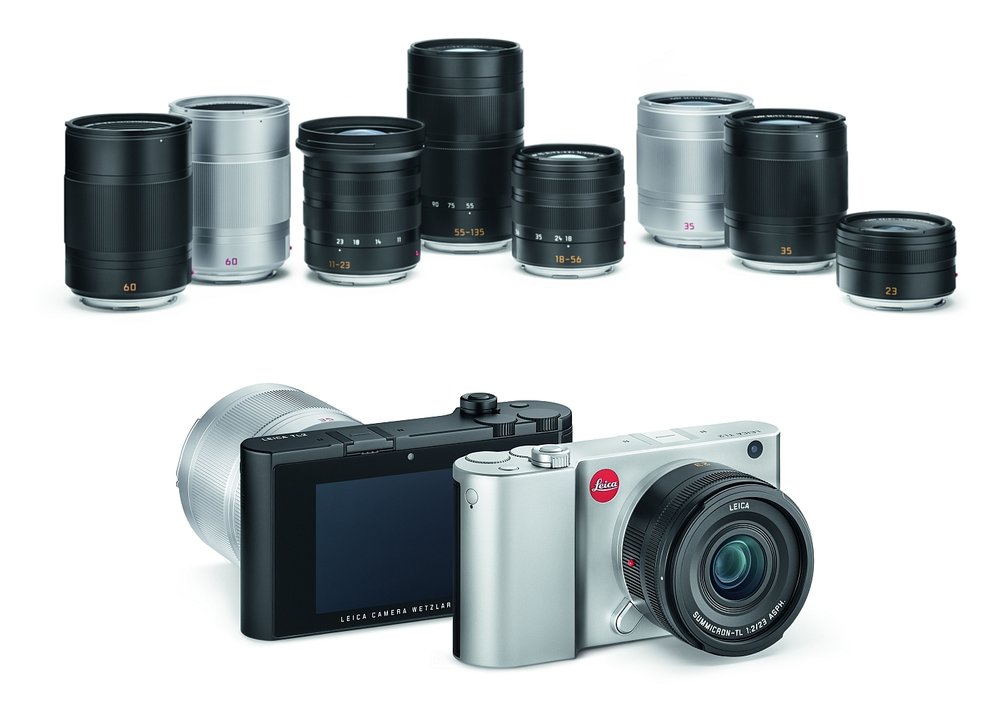
As it happens, I am a great fan of the design and performance of the TL lenses. Even the “standard” 18-56mm zoom is an outstanding optic. The other two zooms are just as good, although my favourite is the wide-angle 11 to 23mm which is a great performer on the TL and provides a very useful 16-35mm FF equivalent range. It is a superb walk-about lens for travel.
The primes, the 23mm, the 35mm and the 60mm macro, are also highly impressive, if rather large in the case of the 35mm Summilux.
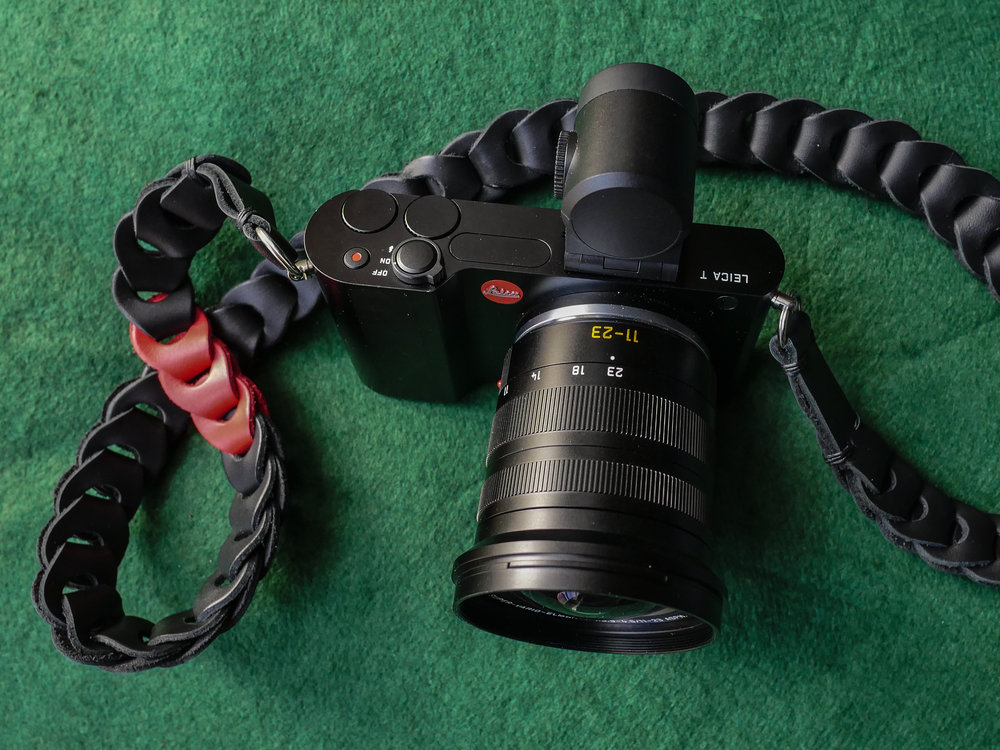
The one valid criticism of the zooms is that they are all relatively slow, with a typical f/3.5 maximum aperture. This doesn’t worry me particularly since more of my photography is done at smaller apertures; and the Summilux is plenty fast enough if you do want that narrower depth of field. It should also be borne in mind that the improved high ISO capability of the TL2 compensates to some extent for the relative slowness of the zooms.
Leica will argue that restricting the aperture range on the zooms enables high-quality optics without a size and weight penalty. This maxim was brilliantly demonstrated in the X Vario lens — universally panned for slowness but actually an exceptional performer throughout its zoom and aperture range.
Leica is now embarking on a strengthening of its APS-C offerings. To succeed, I believe, the company will need to expand the lens range by adding some faster zooms — perhaps f/2.8-f/4 to complement their existing MFT and full-frame offerings. A longer zoom for wildlife and sports fans would expand the target audience for the system and an f/2.8 pancake 28mm or 35mm would be welcomed by travellers.
Conclusion
The TL2 is a solid upgrade to the TL. It is much faster, has better image quality and is more intuitive and convenient to use. Like it or not, the menu system and screen-based control system is a triumph. Not only does it instantly captivate, it grows on you and avoids many of the problems caused by inadvertent prodding of small buttons.
The lack of an integral viewfinder is again a disappointment and, for many, this will be a deal-breaker. On the other hand, the accessory Visoflex works extremely well and also offers GPS support. The tilting function is considered essential by some users and this is not available with the built-in finders in any current camera other the Panasonic GX8.
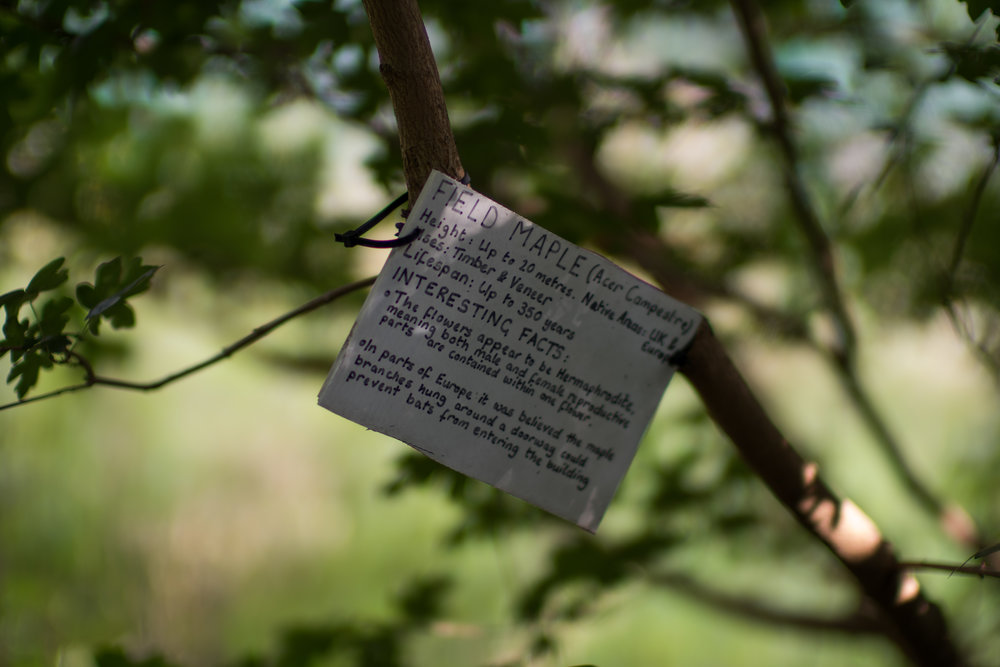
If your main use for the camera is with manual lenses, then there is no compelling reason to upgrade from the TL or the T. Focus peaking does however offer some incentive, as does the ability to permanently toggle the screen and viewfinder — provided Leica offers a firmware update to correct the irritating loss of the ‘Viso on’ setting after power down. If your preference is for the system lenses and you love the T or TL, then you will be even more delighted with the TL2. It is a high-quality camera that is well priced, at least by Leica standards. But it is less easy to justify when you start buying TL lenses, all of which are pricey and make for an expensive system. Yet if you already own those lenses, then go for the TL2 and I doubt you will be disappointed.
Click here for the original Macfilos review of the Leica T
________________
- I am very grateful to my friend Dunk Sargent for proof reading this article, correcting my mistakes and adding valuable extra insight. I am also indebted to him for the excellent menu screen shots which he produced using his Leica X Vario with an added Leitz Elpro close-up lens
- Subscribe to Macfilos for free updates on articles as they are published
- Want to make a comment on this article but having problems?




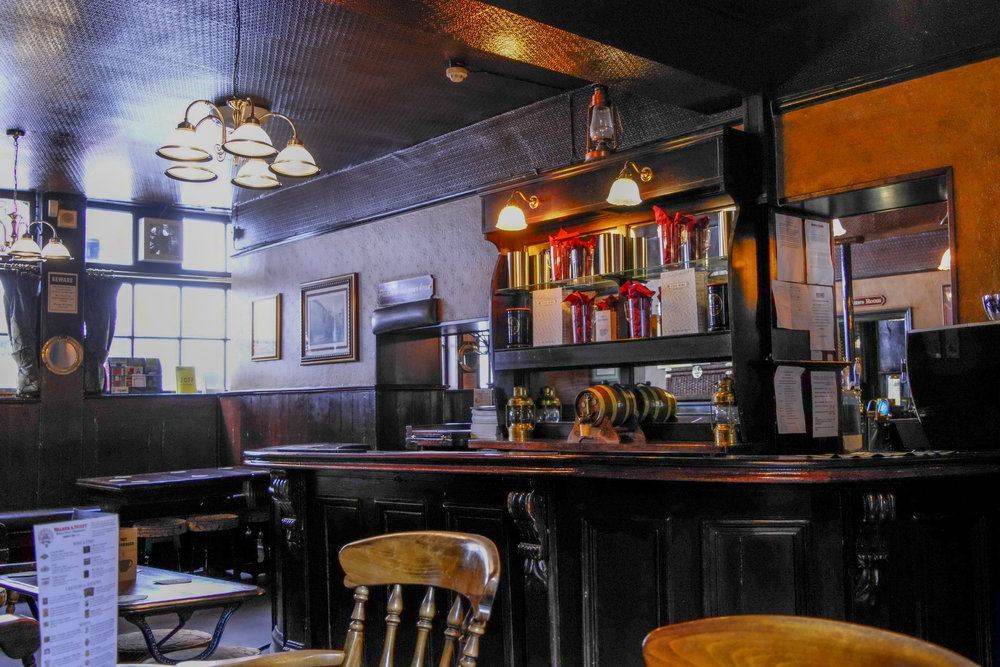
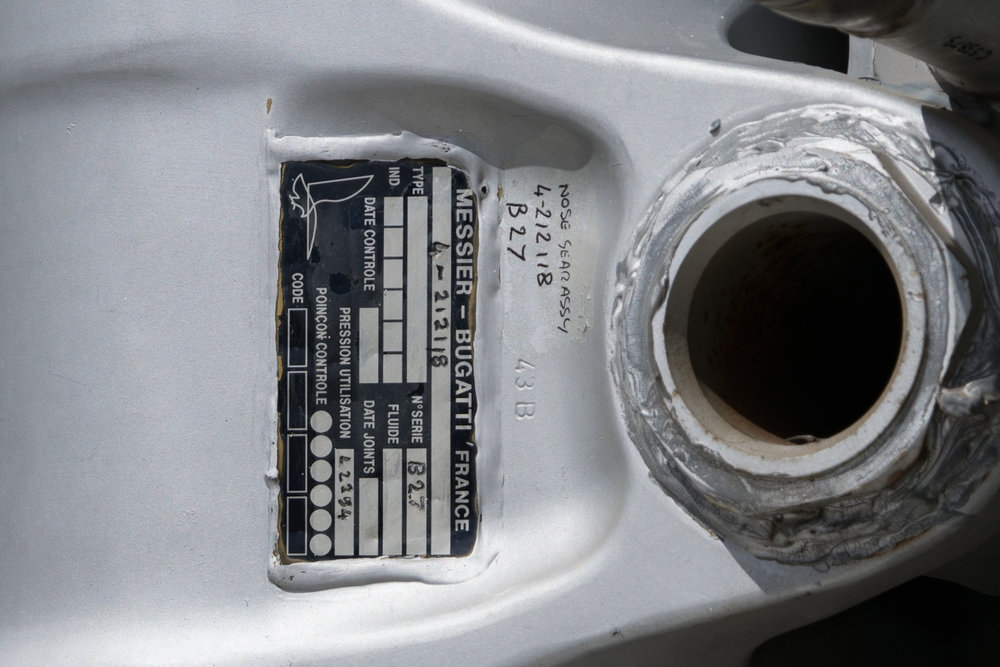

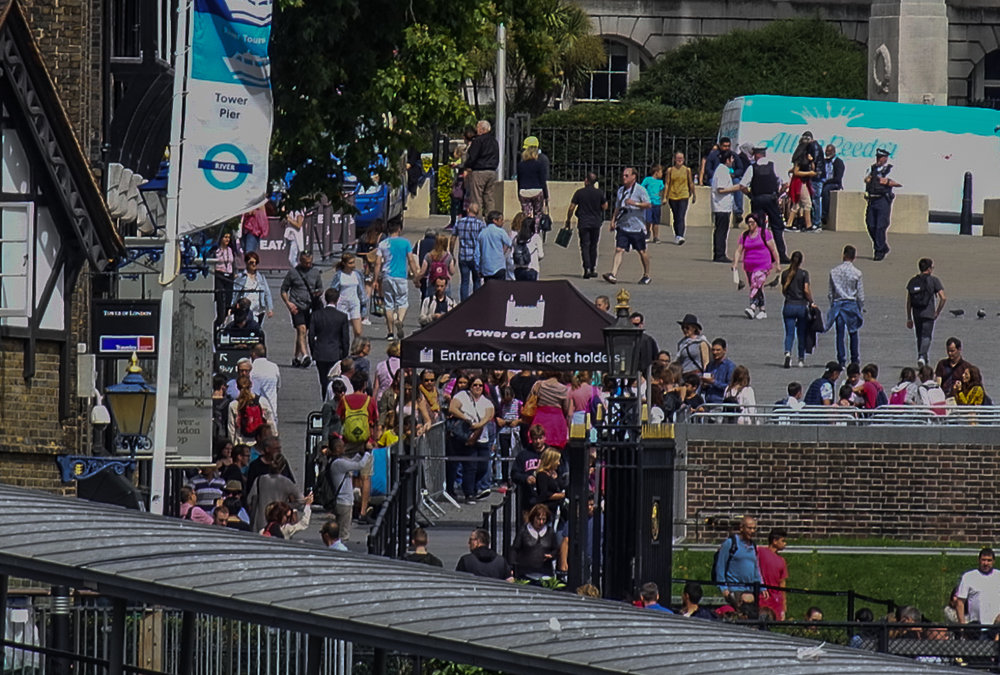
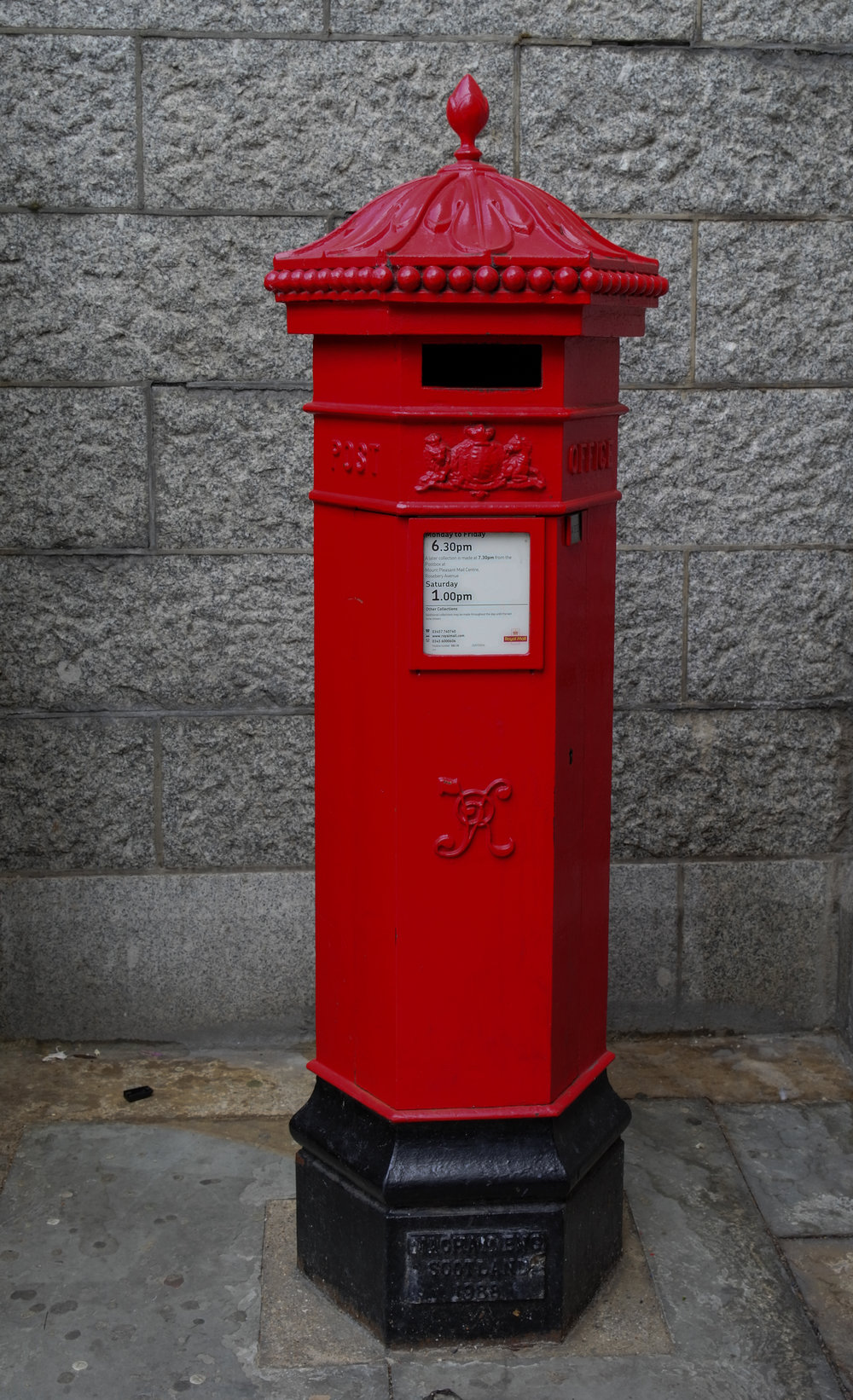
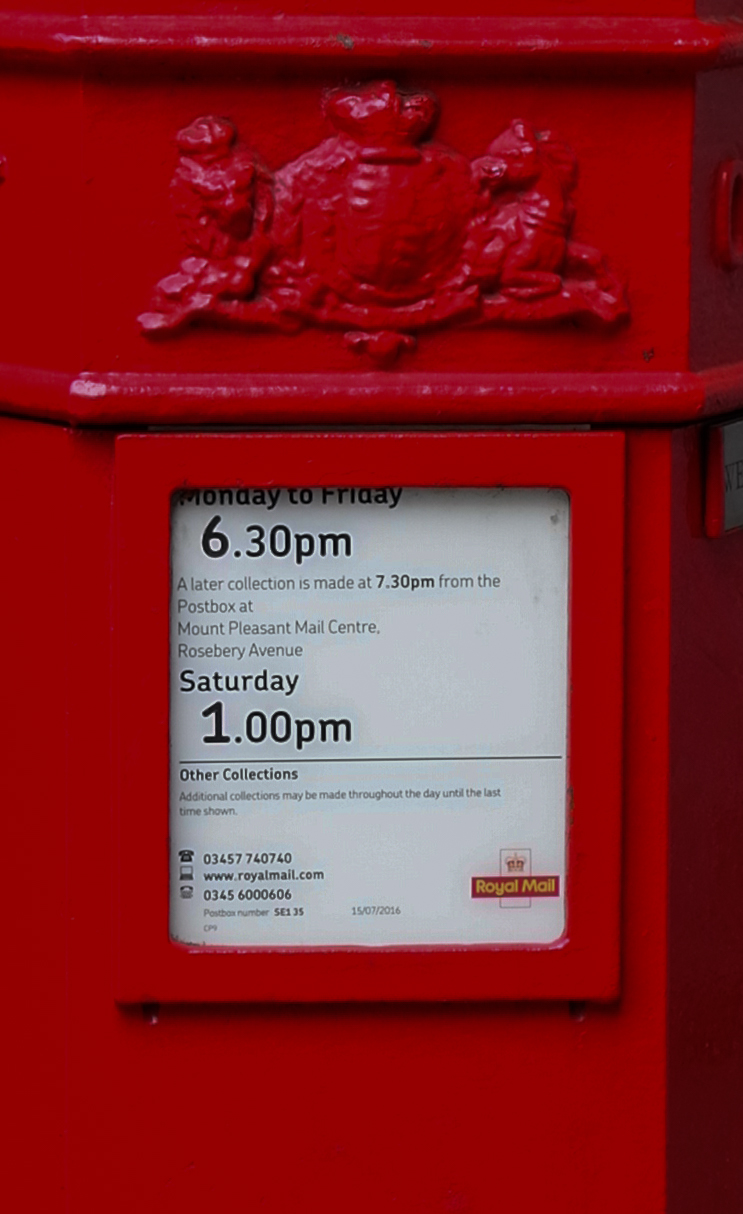
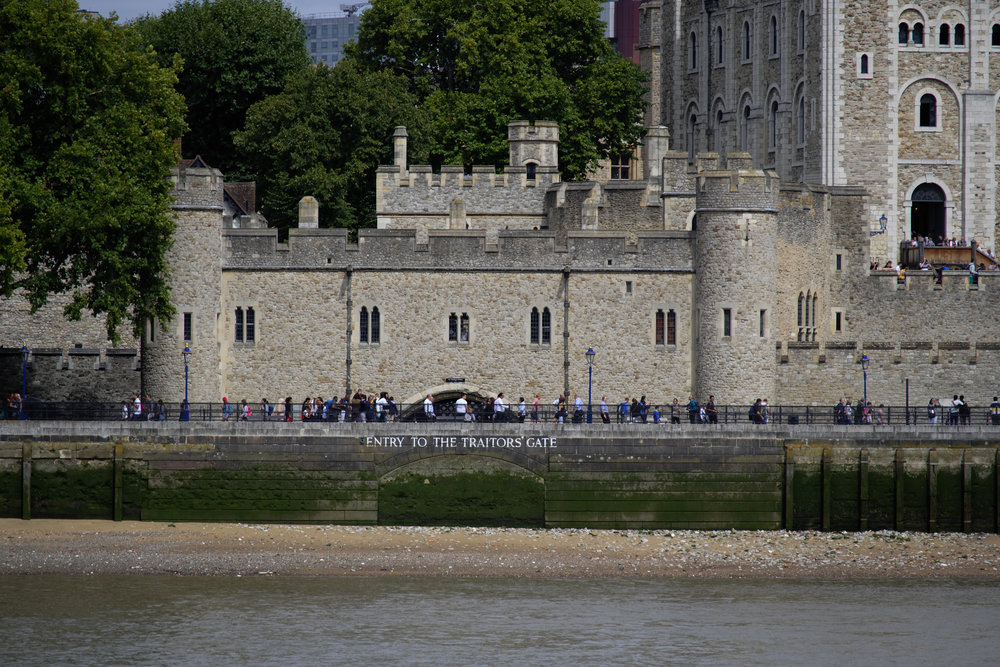
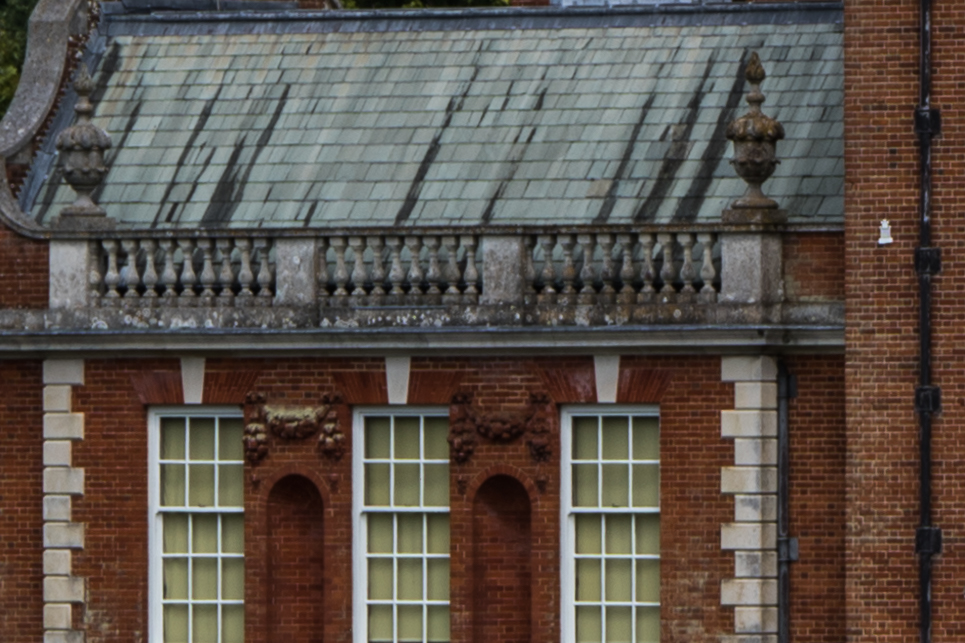
Hello Mike. Excellent comprehensive review. I do note that the pop up flash has gone, but the TL2 dimensions are the same as the TL. So there has to be some significant vacant real estate inside it. Do you think anyone at Leica is thinking "What could we do with that space? Hey, I’ve got an idea. An EVF." ? I guess it might need some re-jigging of internals to move the empty space over to the vacant side. Living in hope.
Hmm funny you should say that, Wayne. Sounds like you have a direct line to Wetzlar!
Hi Mike, about the focus peaking on the TL2: I read another review (by David Taylor-Hughes/Soundimageplus) in which the reviewer writes he is ‘…VERY disappointed by the non-existent focus peaking for manual lenses.’ That is about the opposite of what you wrote… Any idea what’s going on here?
Indeed. I know exactly the problem which I tried to explain. It all depends on which lens and what aperture. The focus peaking is so modest, even at best, that it is difficult to see with some lenses and at some apertures. I’ve now forgotten the lens details but I do remember being unable to see the peaking at first. One tip, which I mentioned, it to set the jpeg to B&W when the very faint peaking is easier to see. However, that’s a fudge. I have no doubt that Leica will twiddle this on the next firmware update. As usual, we are the test bed and, I think, this should have been sorted out before release.
I understand. I have more or less the same problem with FP on my M240. And the same solution (B&W jpg).
I agree with your last remark: when you buy a camera for about 2,000 euro, you don’t want to be a beta tester…
The fundamental problem is that they have introduced focus peaking without allowing the user to choose the intensity. They’ve tailored the peaking for precise focus — as needed, for instance, with Noctilux and Summilux at full aperture — and, when you can see the colour, this works well. A great splurge of lipstick as offered on the high setting by other manufactures is ok at smaller apertures but potentially misleading with sensitive lenses. All they have to do is give us a choice.
Excellent review of a very beautiful camera with beautiful images to match. They are so sharp, detailed and well composed!
The viewfinder does let down the camera, rather like fitting a Morris Minor wing mirror on a Mercedes.
I approve (most) of the references to Fuji!
Thanks David. Yes, you Fuji guys have to be kept in your place, as Queen Anne found out….
I so agree with John and William, especially about good old fashioned controls.
I dont find the EVF/Visoflex very good. It keeps rotating upwards on its own when you use it with the M10. I find that very disorienting. I could fix this with some Blu Tack, but I prefer the Frankenfinder with a built-in spirit level anyway, particularly for the16mm to 24mm range on the M10. I don’t have any interest in the TL2. Like John, I much prefer traditional control dials to touch screen stuff.
William
William
Thanks for a super review, Mike. Clearly a luscious lttle camera, but I wished they’d made it compatible with the EVF2 (Olympus VF2), because as you say the Visoflex is a pretty outsize carbuncle. And while I’m wishing, it would be for a return of the X-Vario body with an interchangeable mount capable of taking TL-lenses! I prefer "real" controls.